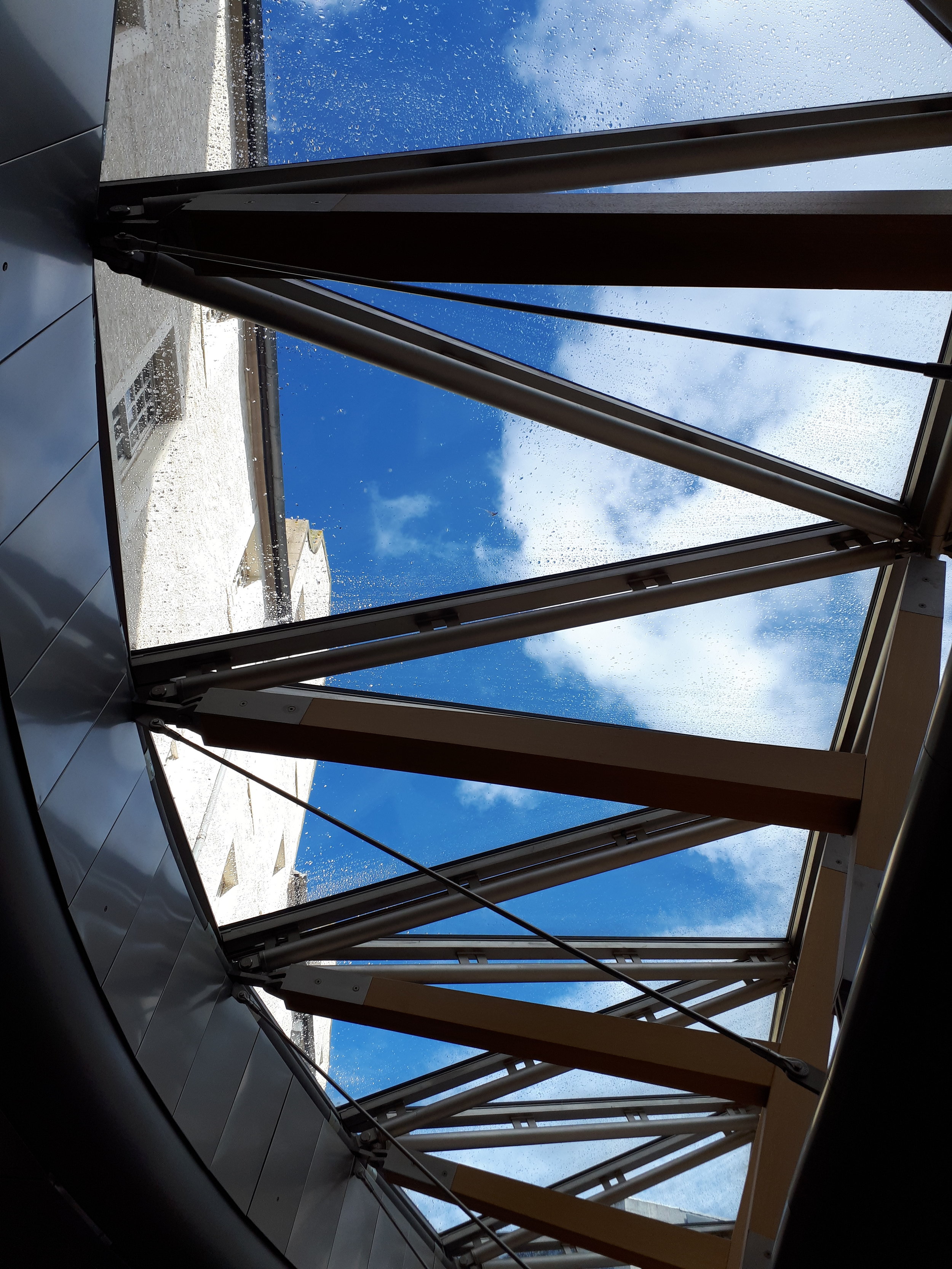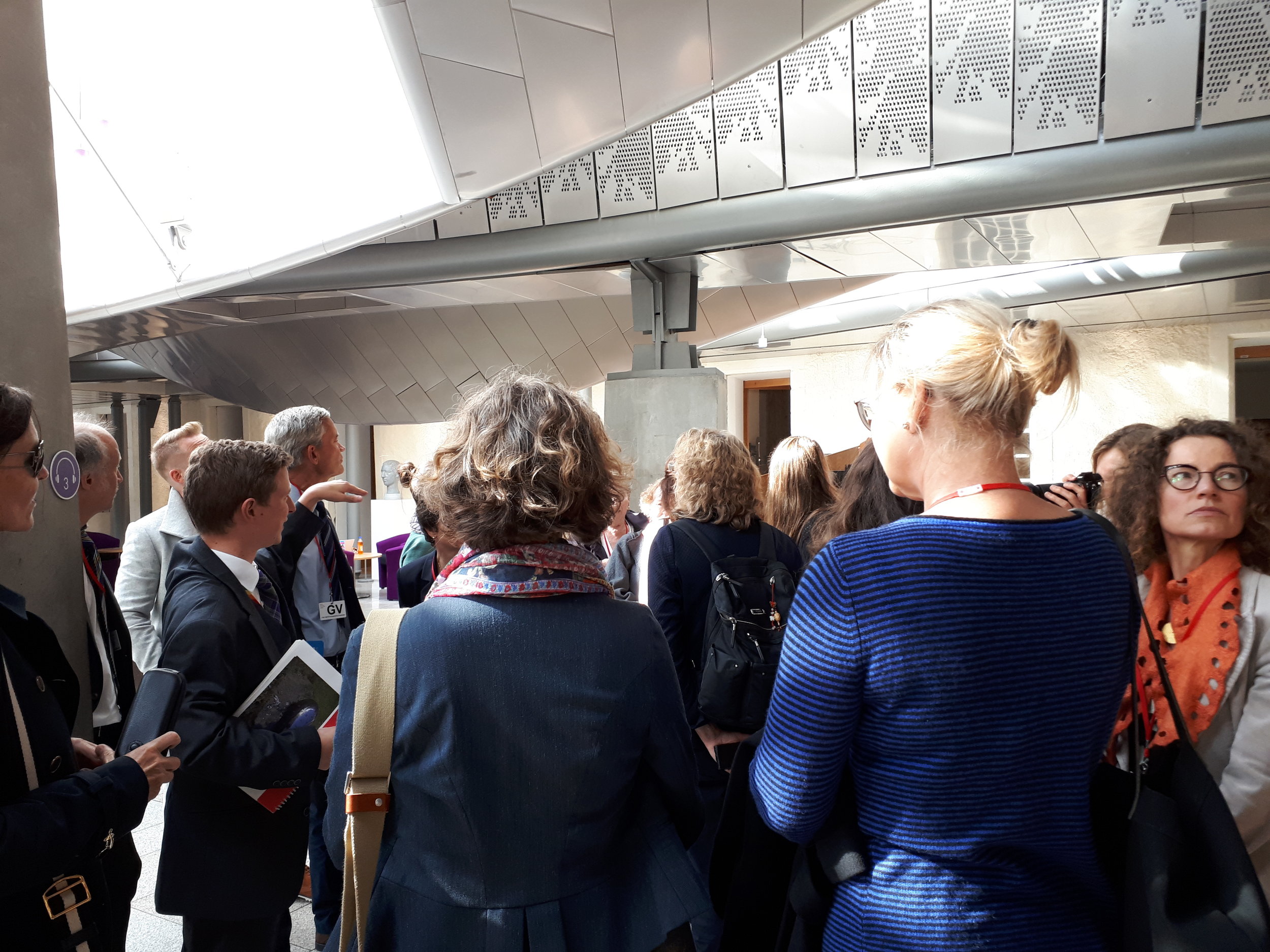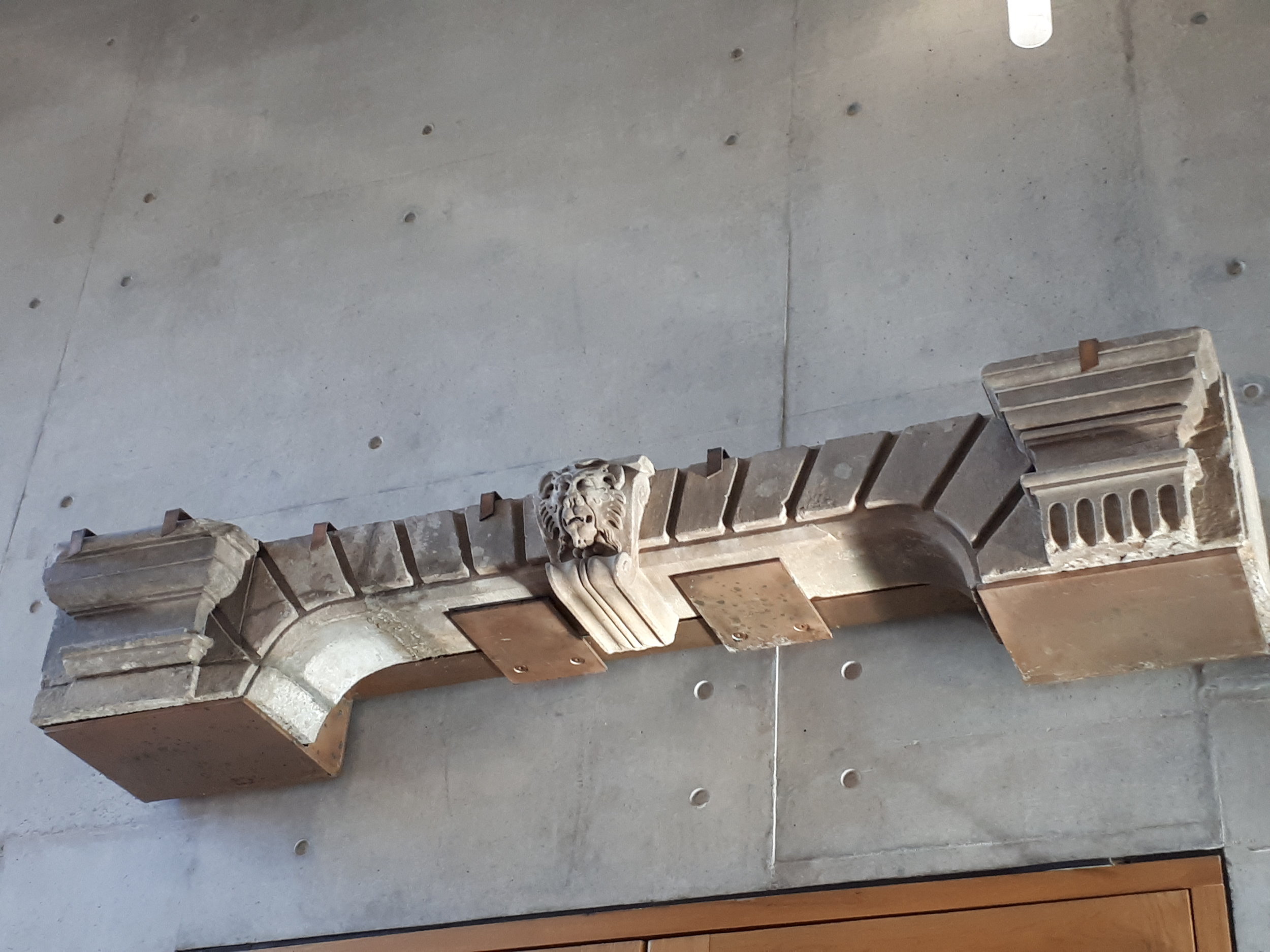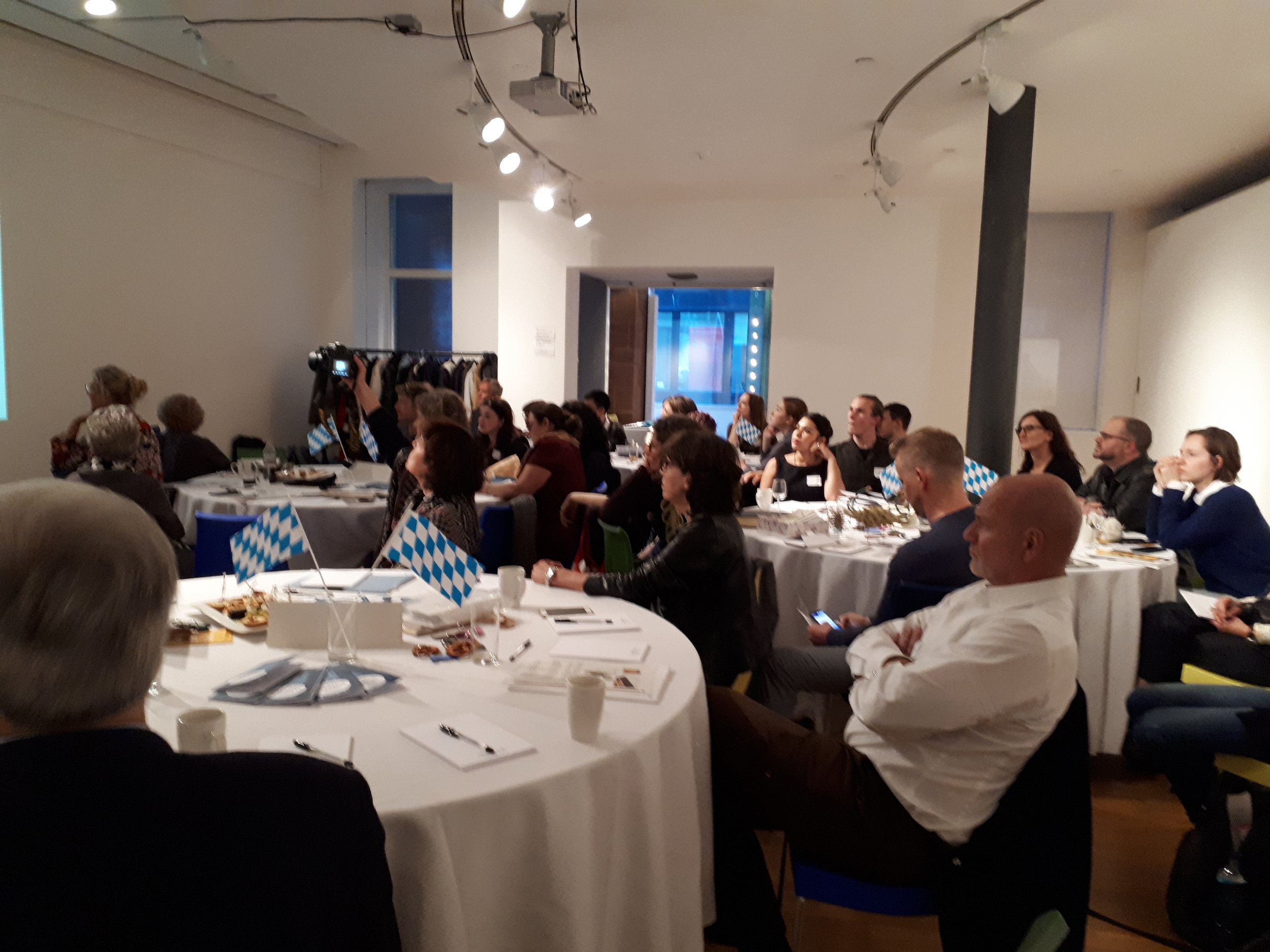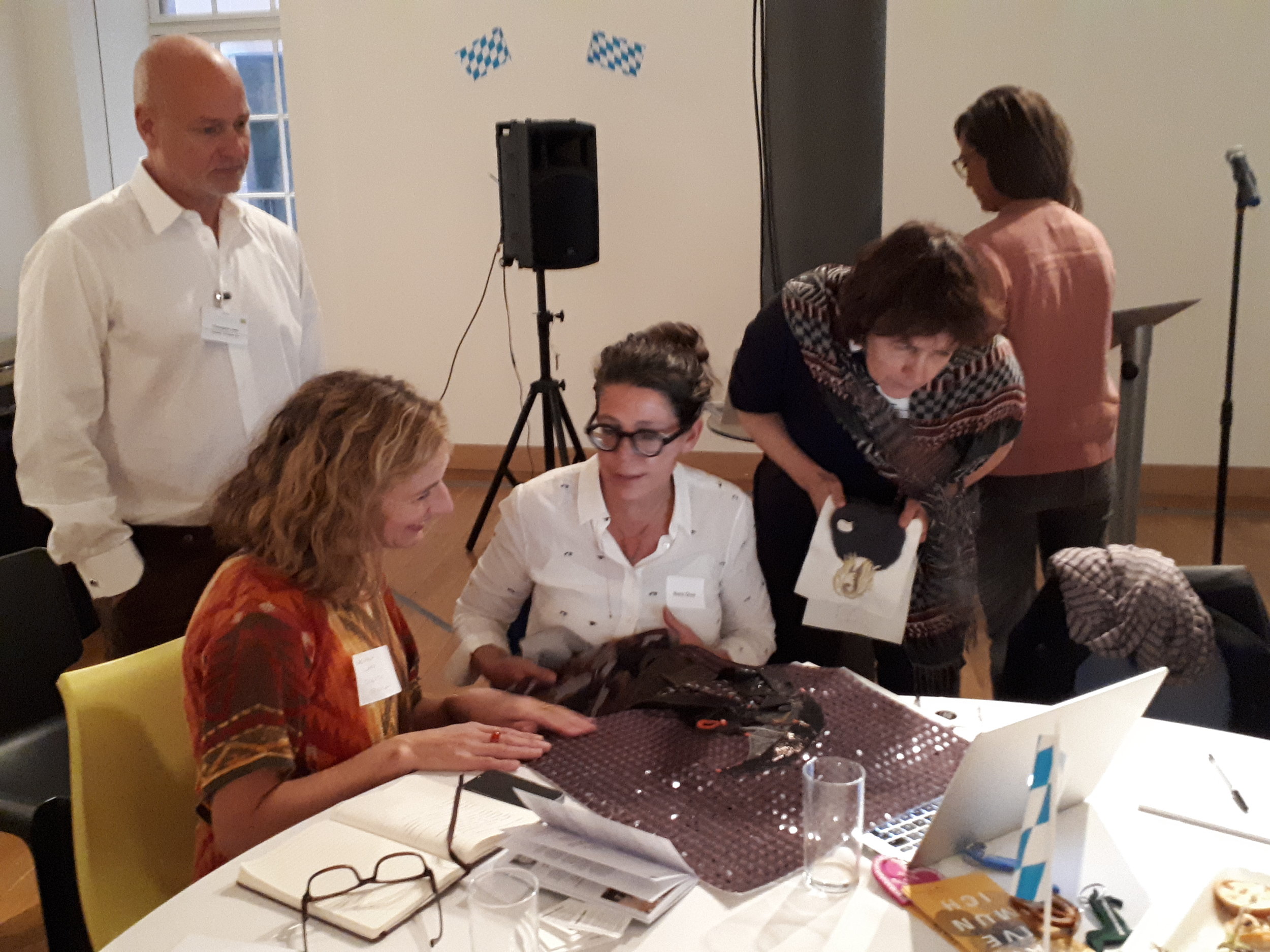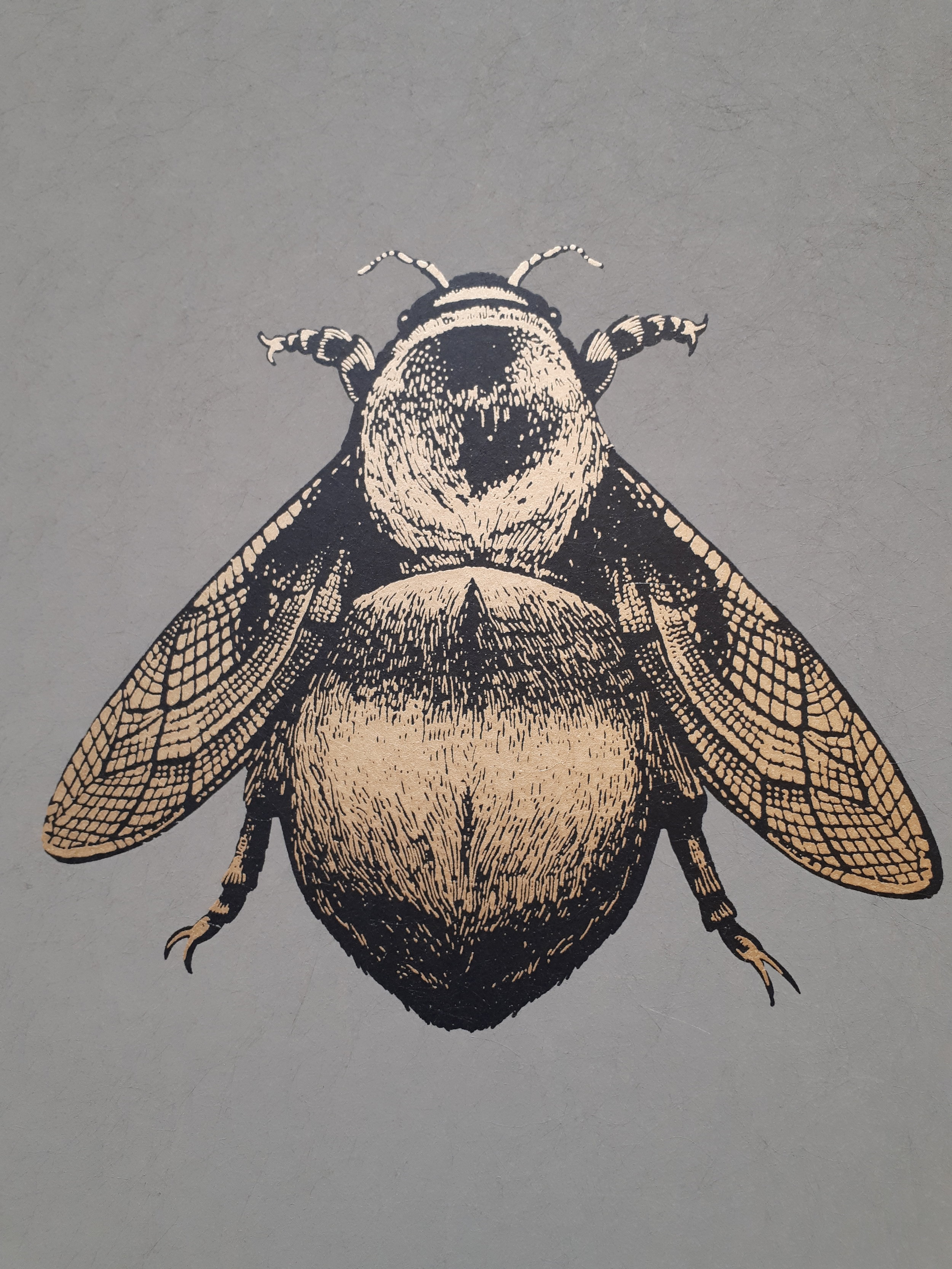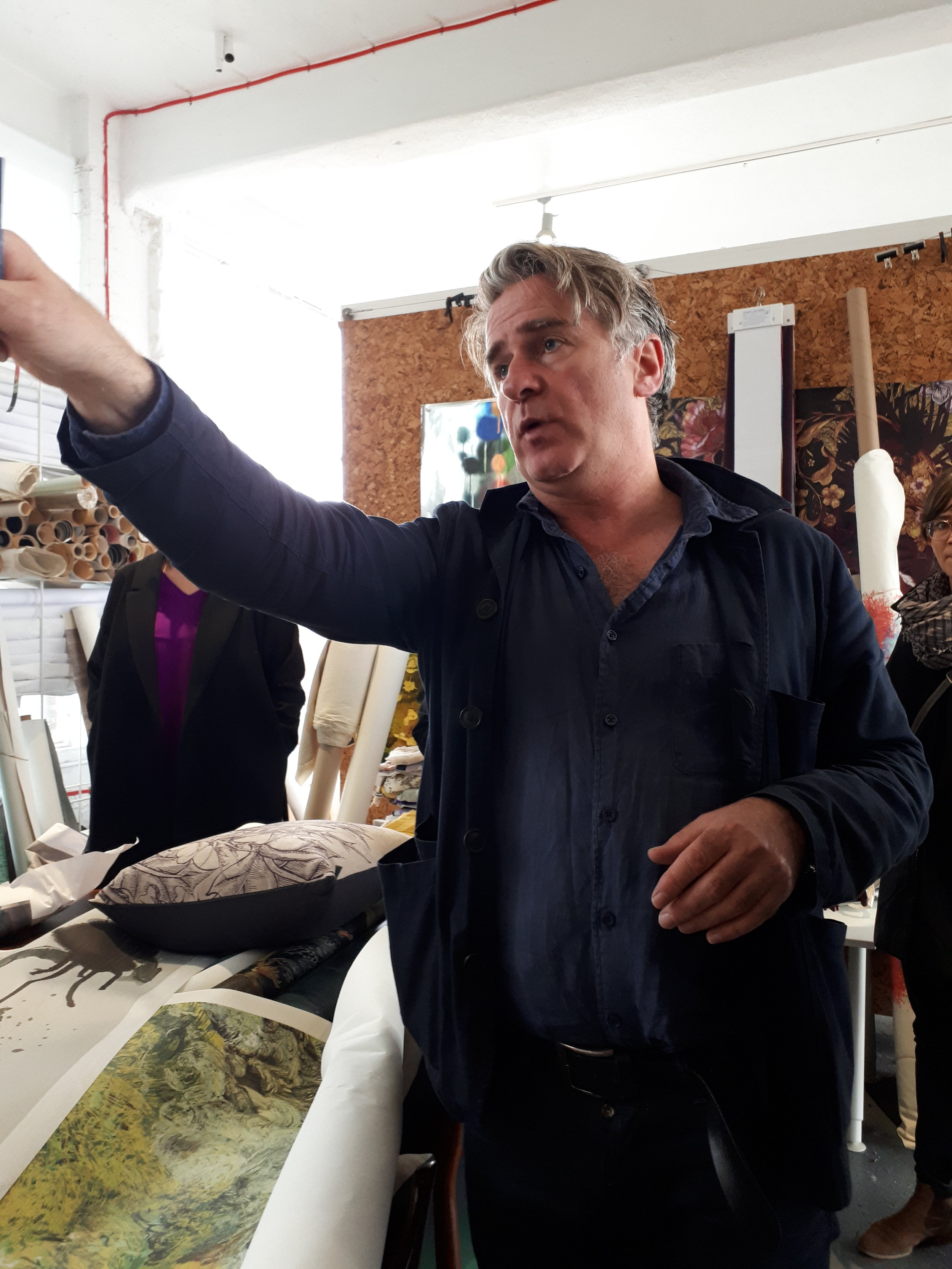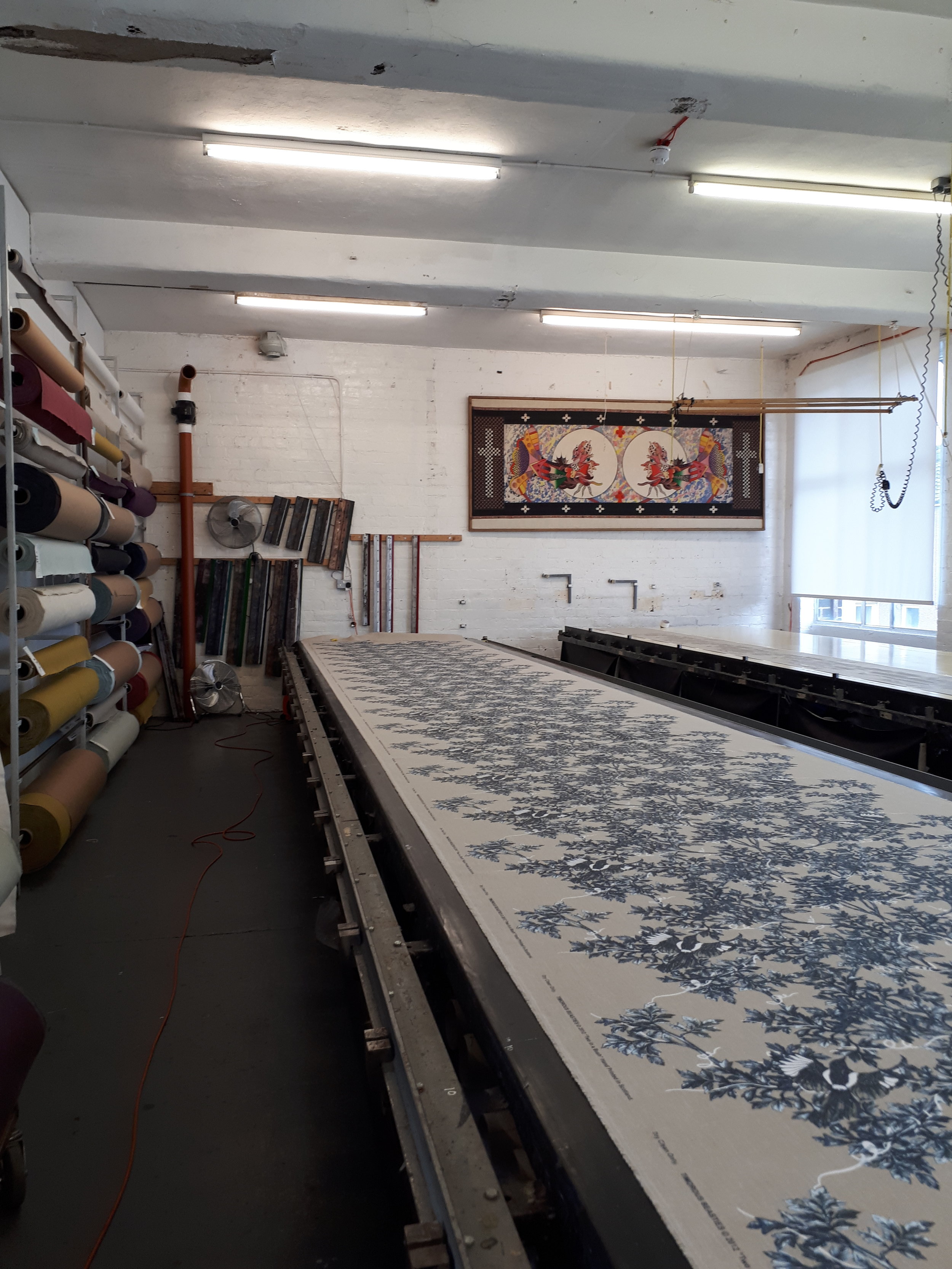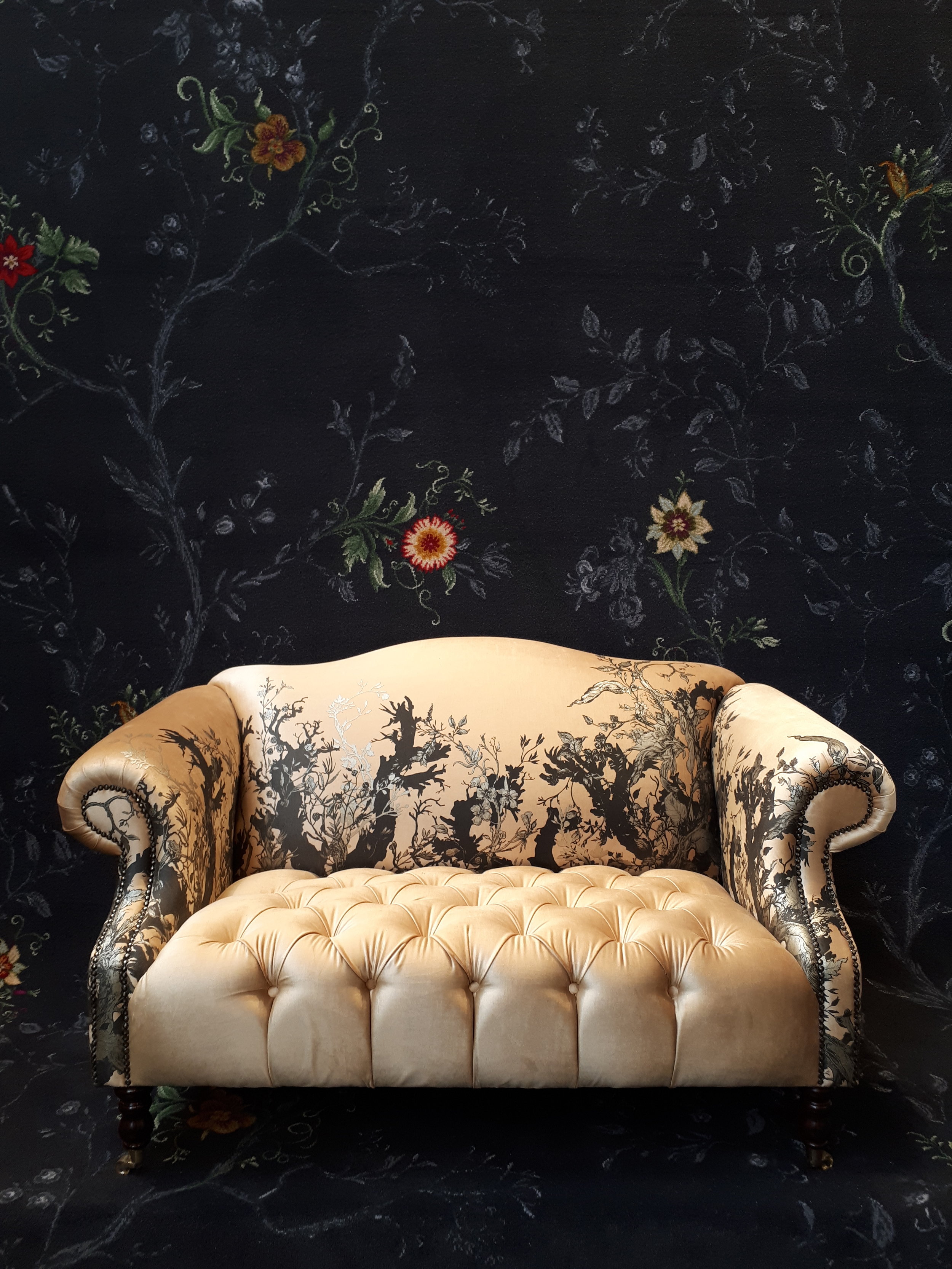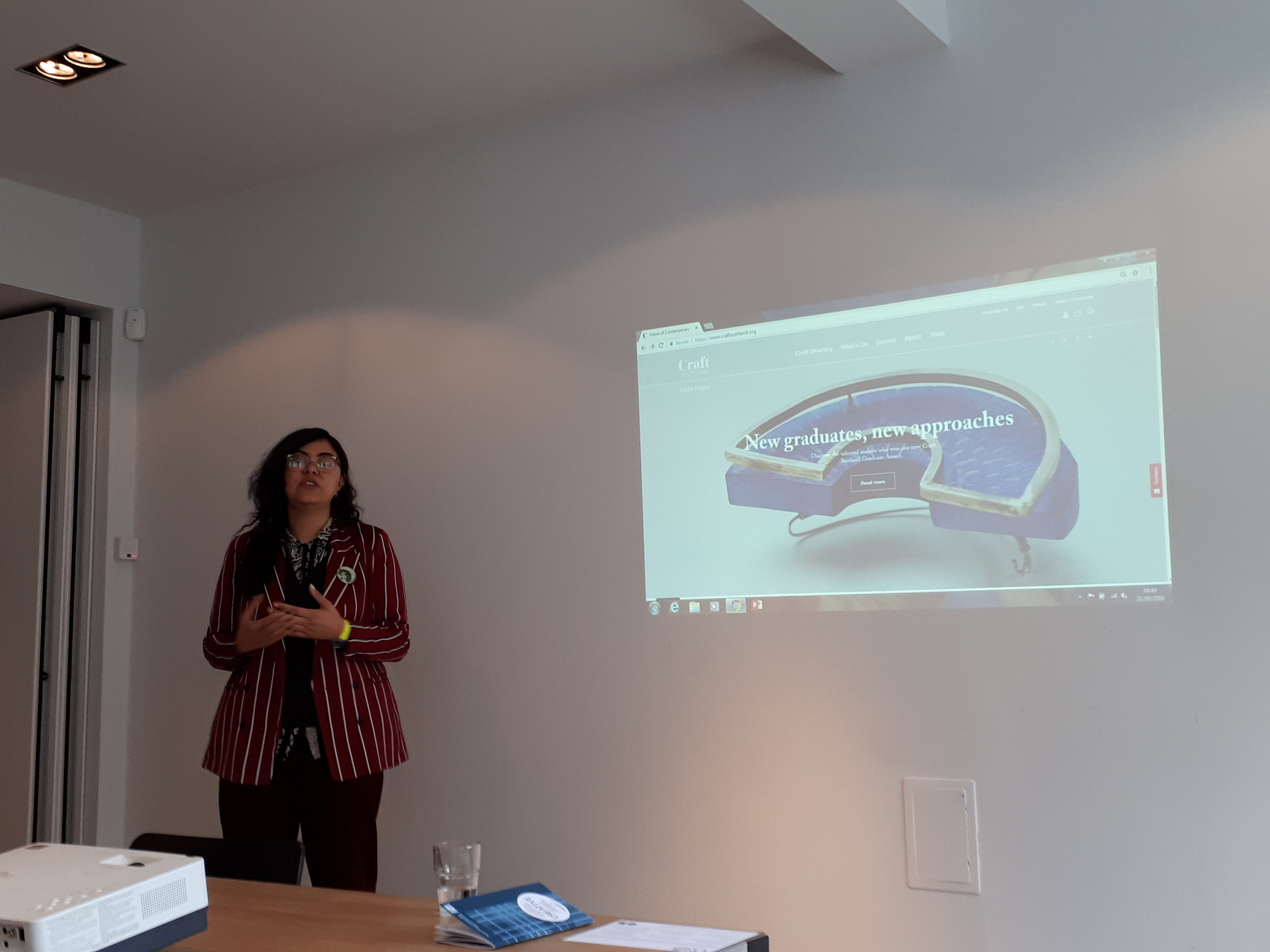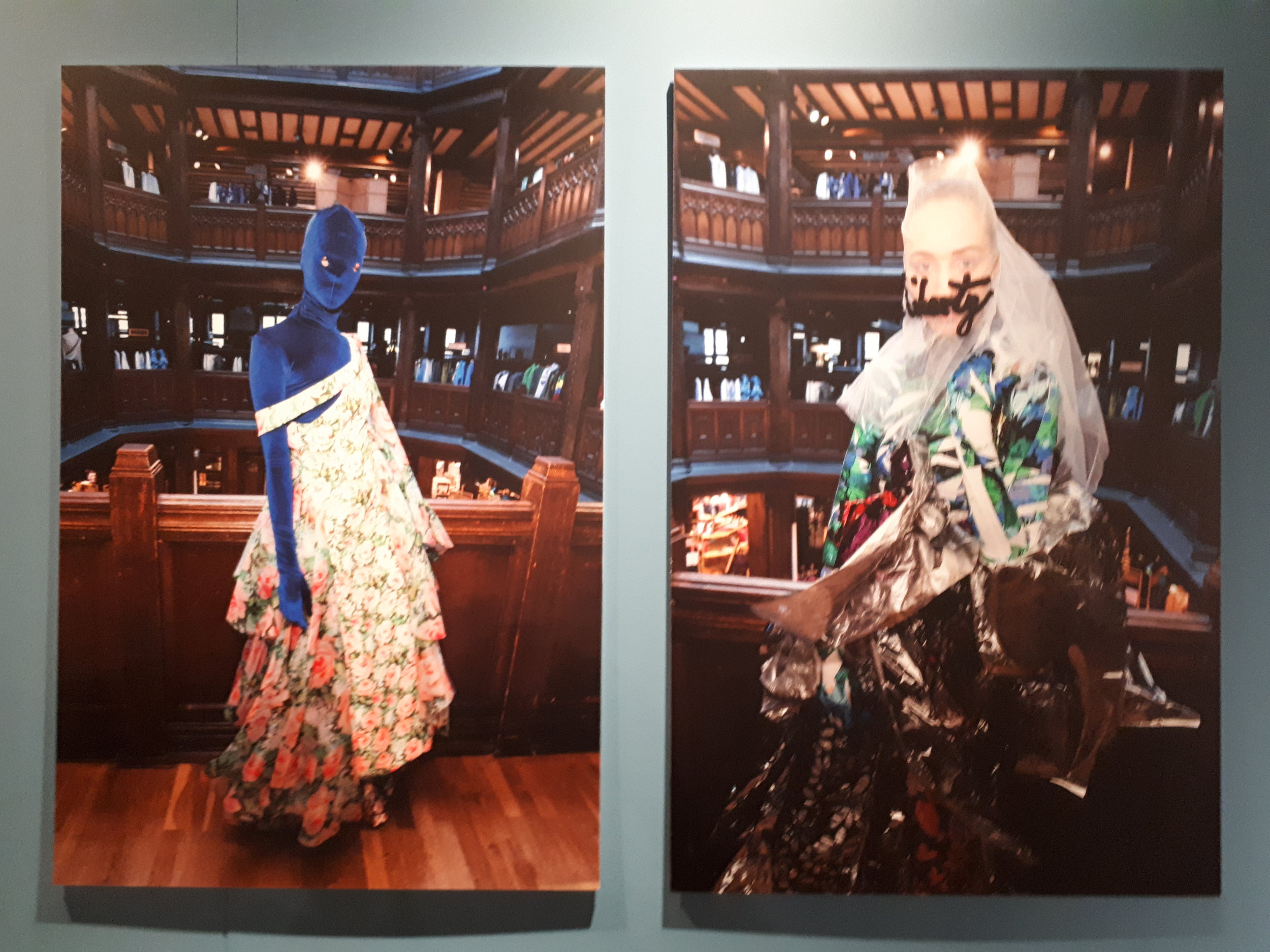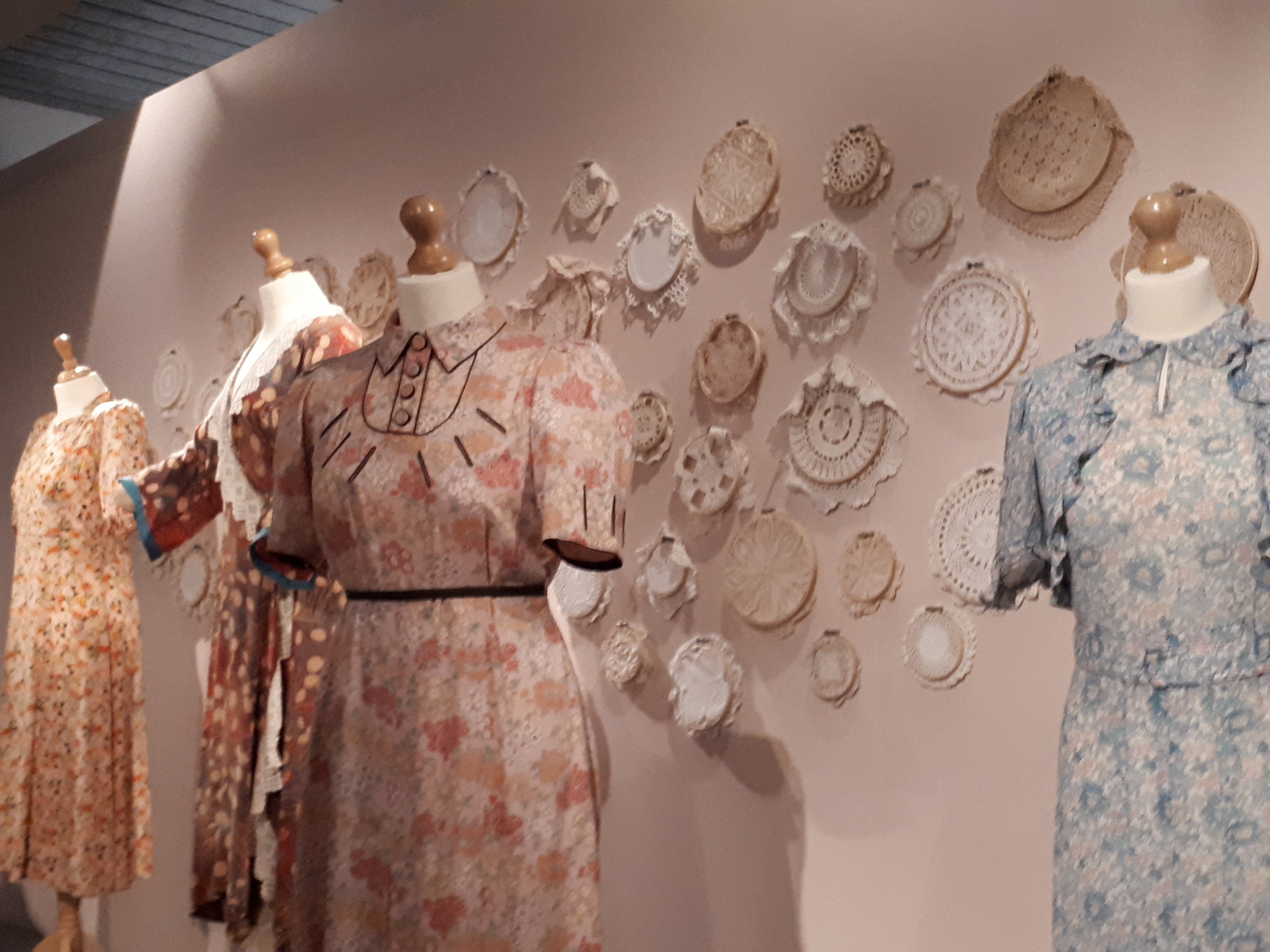Delegation Trip to Scotland with Bavarian Creatives
/I had the enormous pleasure to organize a one week delegation trip Mid-September 2018 on behalf of the Bavarian Ministry of Economic Affairs. The purpose of the trip was to facilitate conversations between the creative economy, fine arts, design and creative entrepreneurship and to bring Bavarian and Scottish creatives together. The Bavarian delegates visited Edinburgh, Dundee and Glasgow and got to know the Scottish creative scene through museum, studio and production visits and through meeting art professionals and regional groups. As part of the program we also organized two networking events: a creative Business Forum in Glasgow and a creative business brunch in Edinburgh that facilitated the intended exchange.
Edinburgh
I love the energy of this city so much!
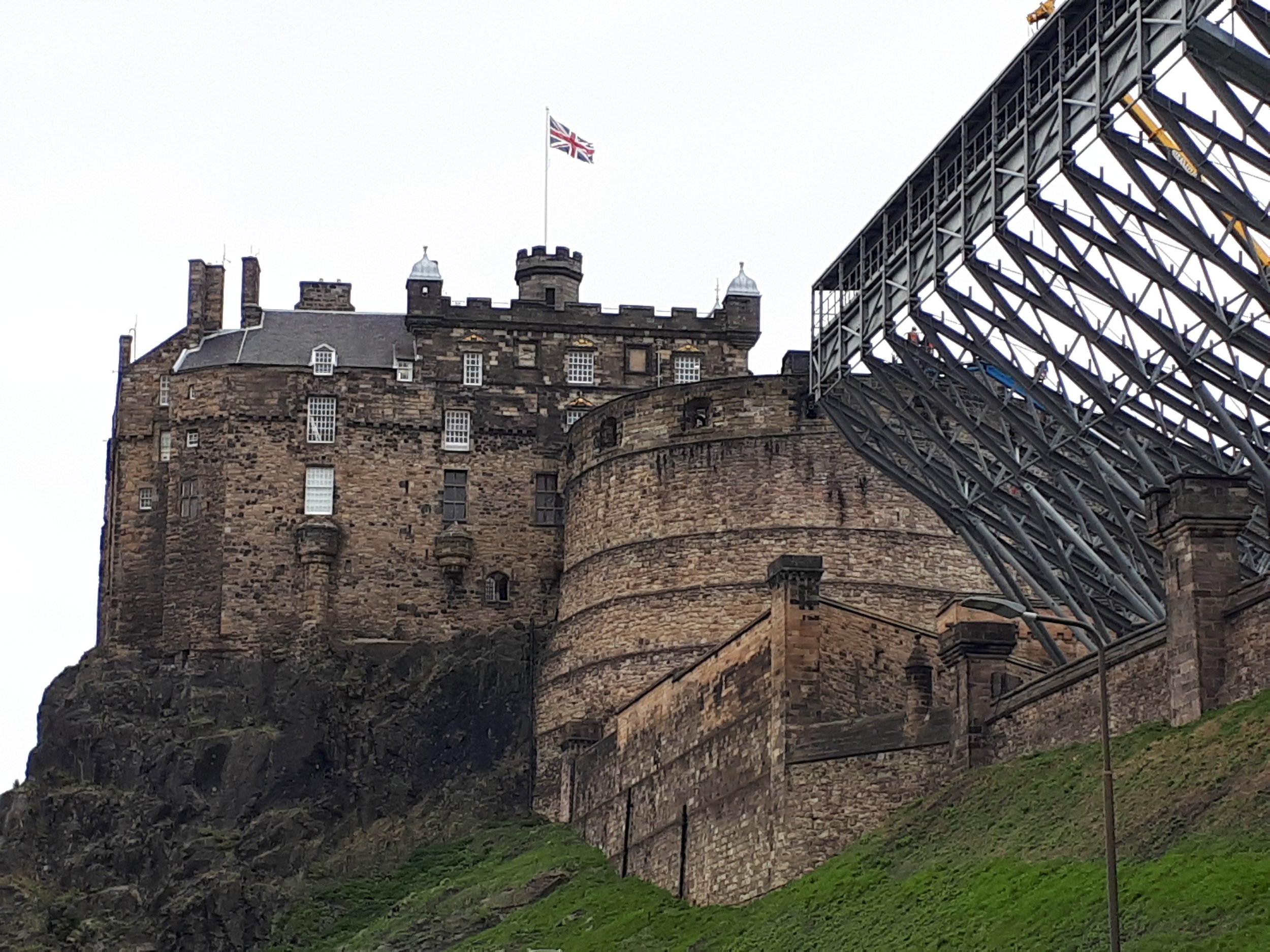

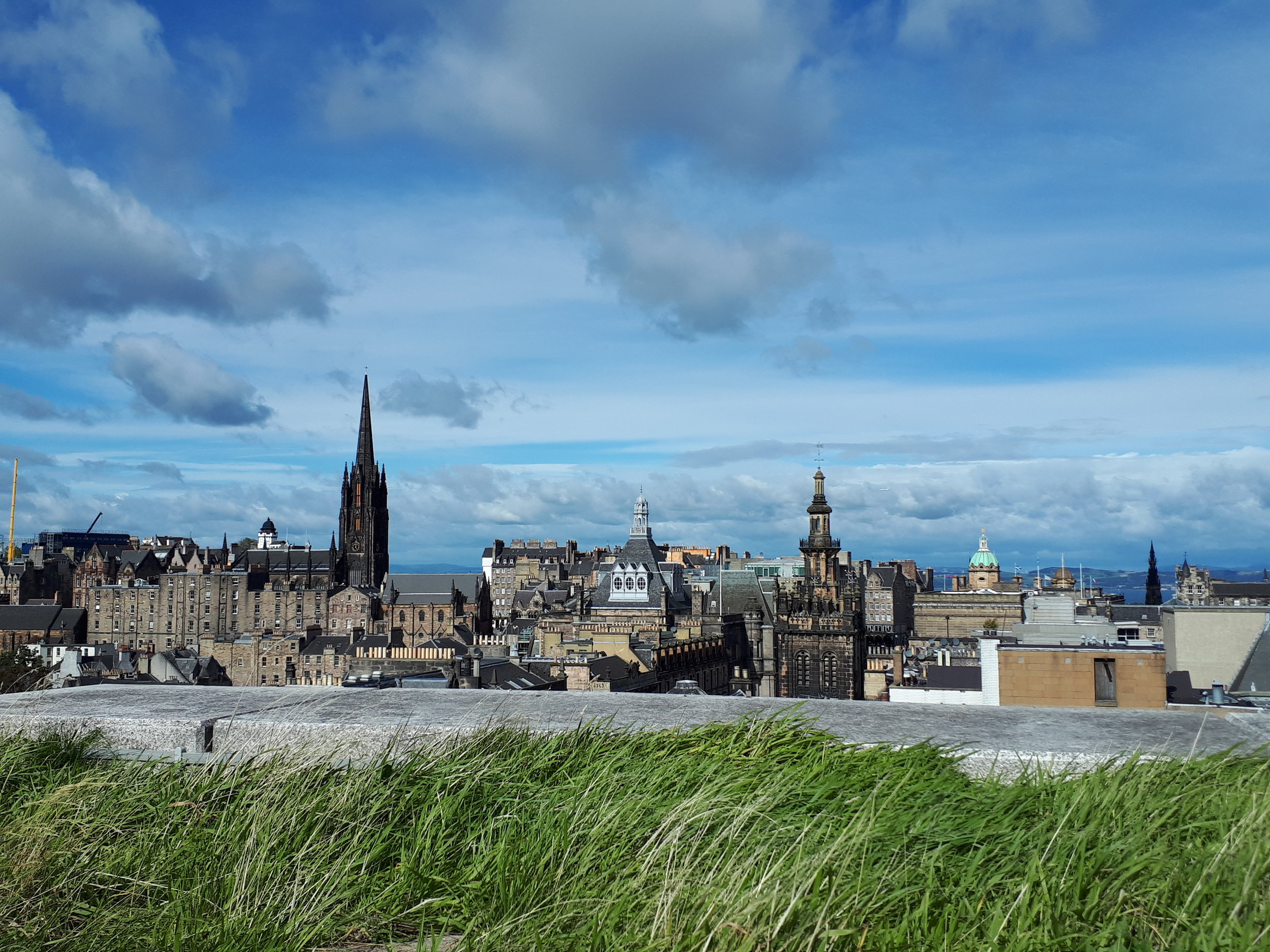
All images © by the author if not otherwise noted.
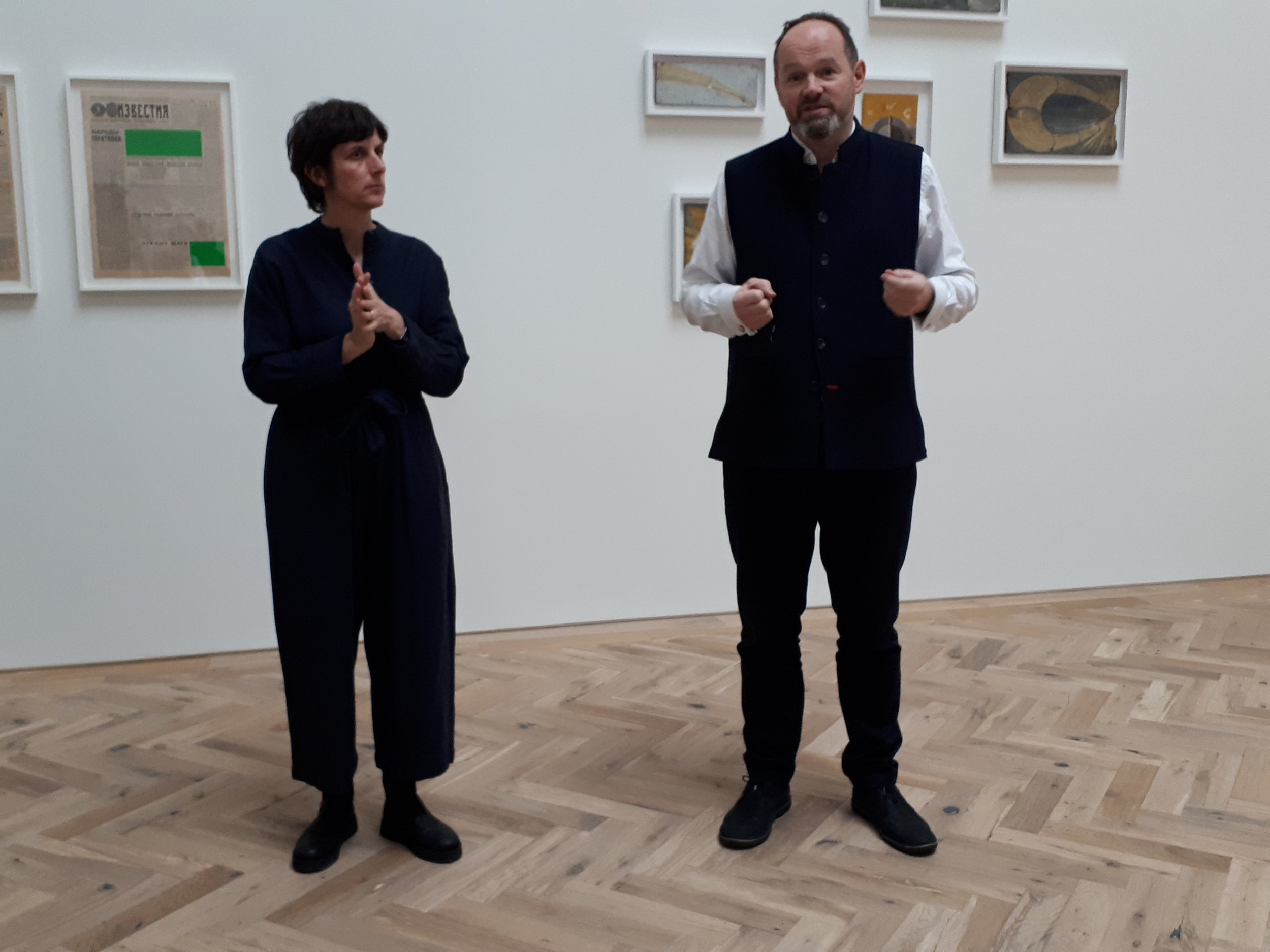
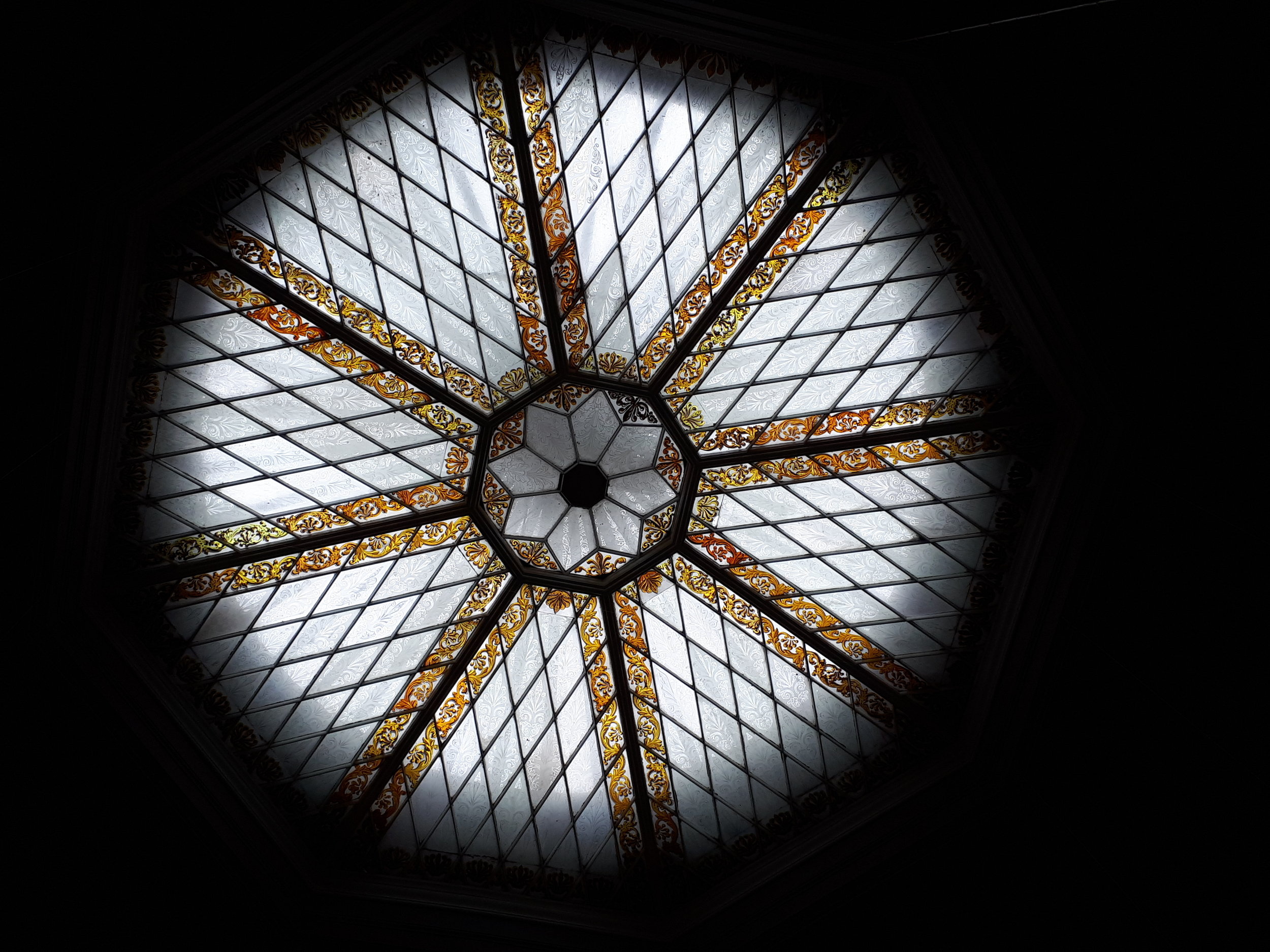

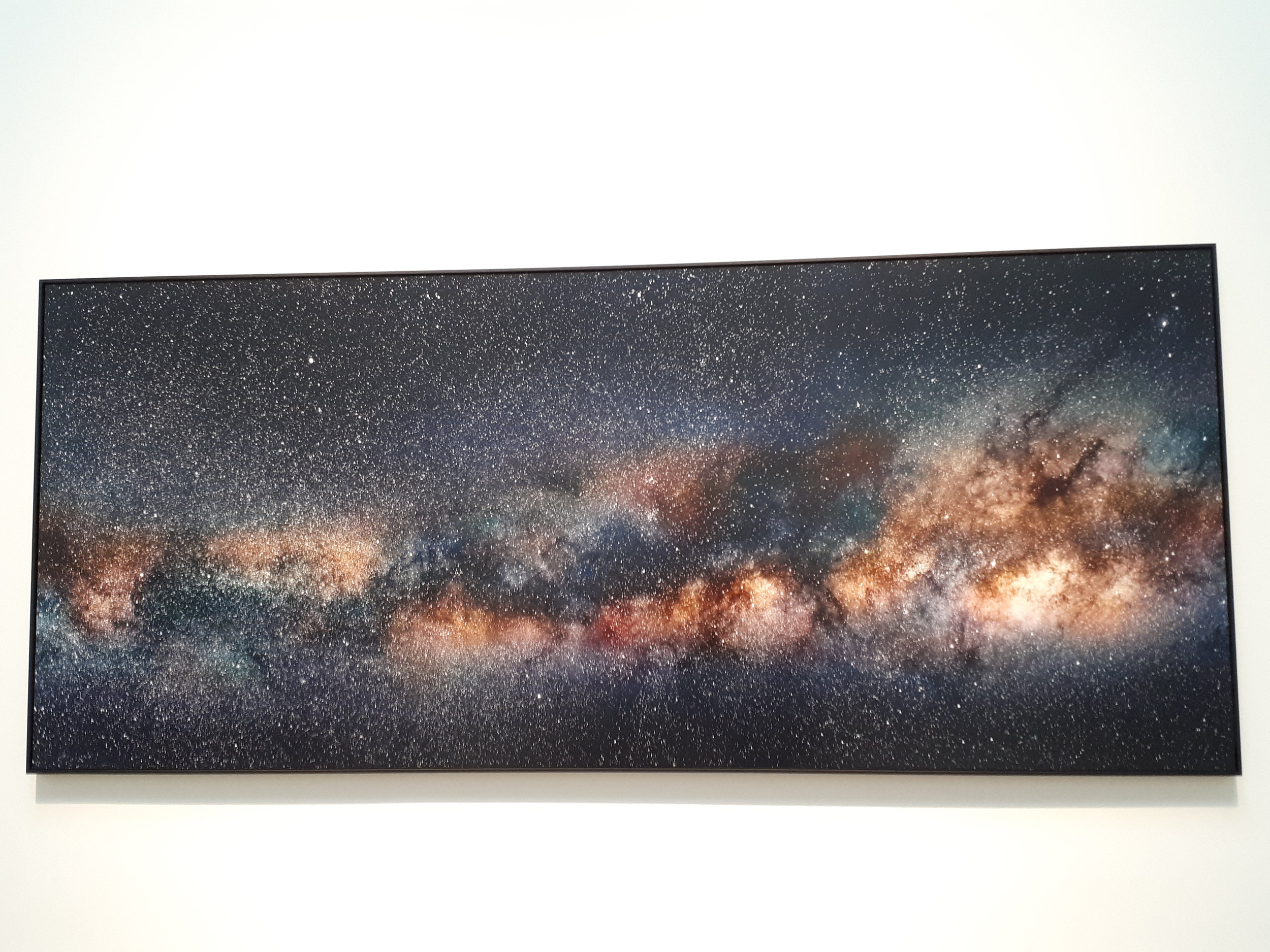
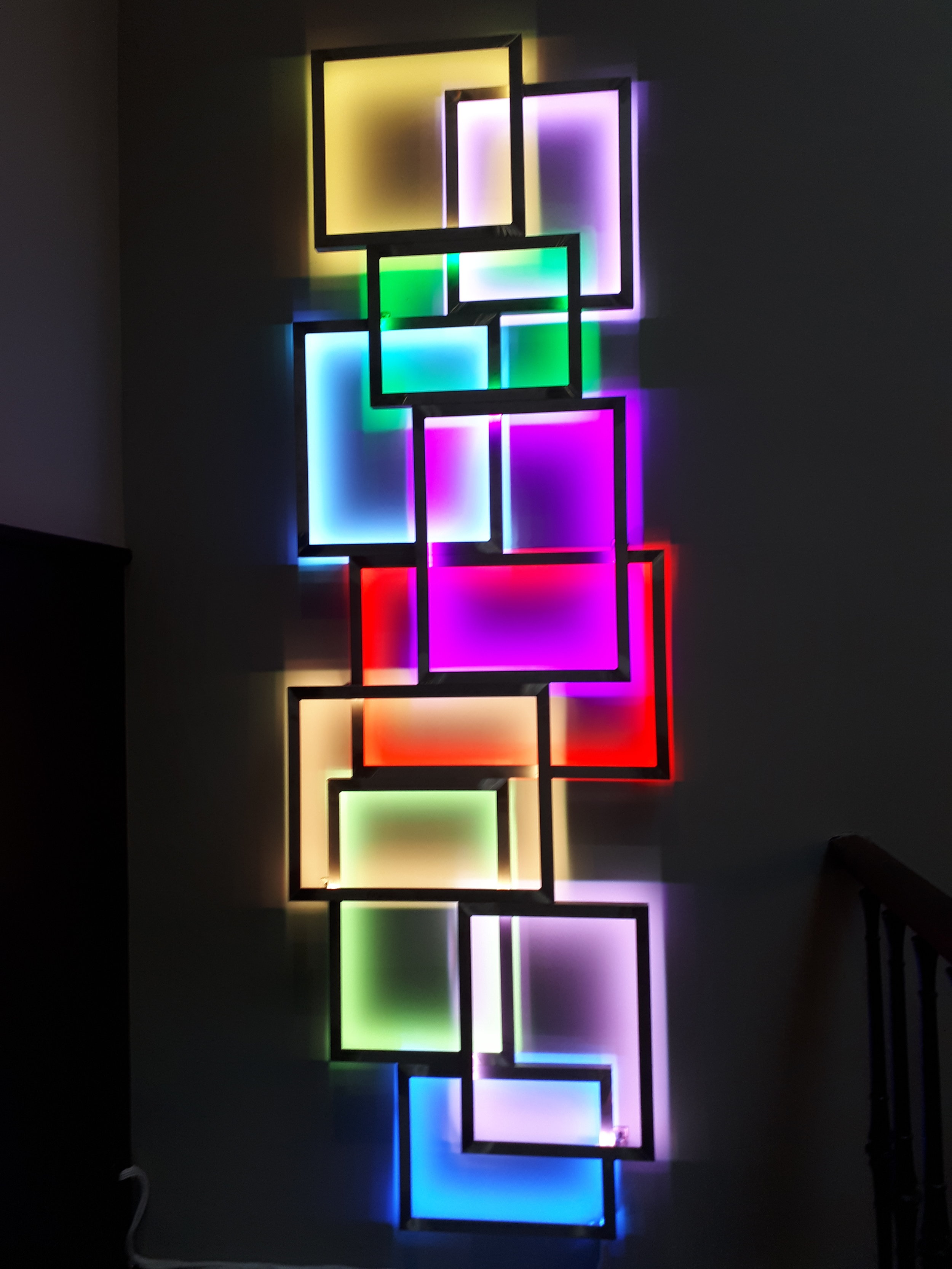
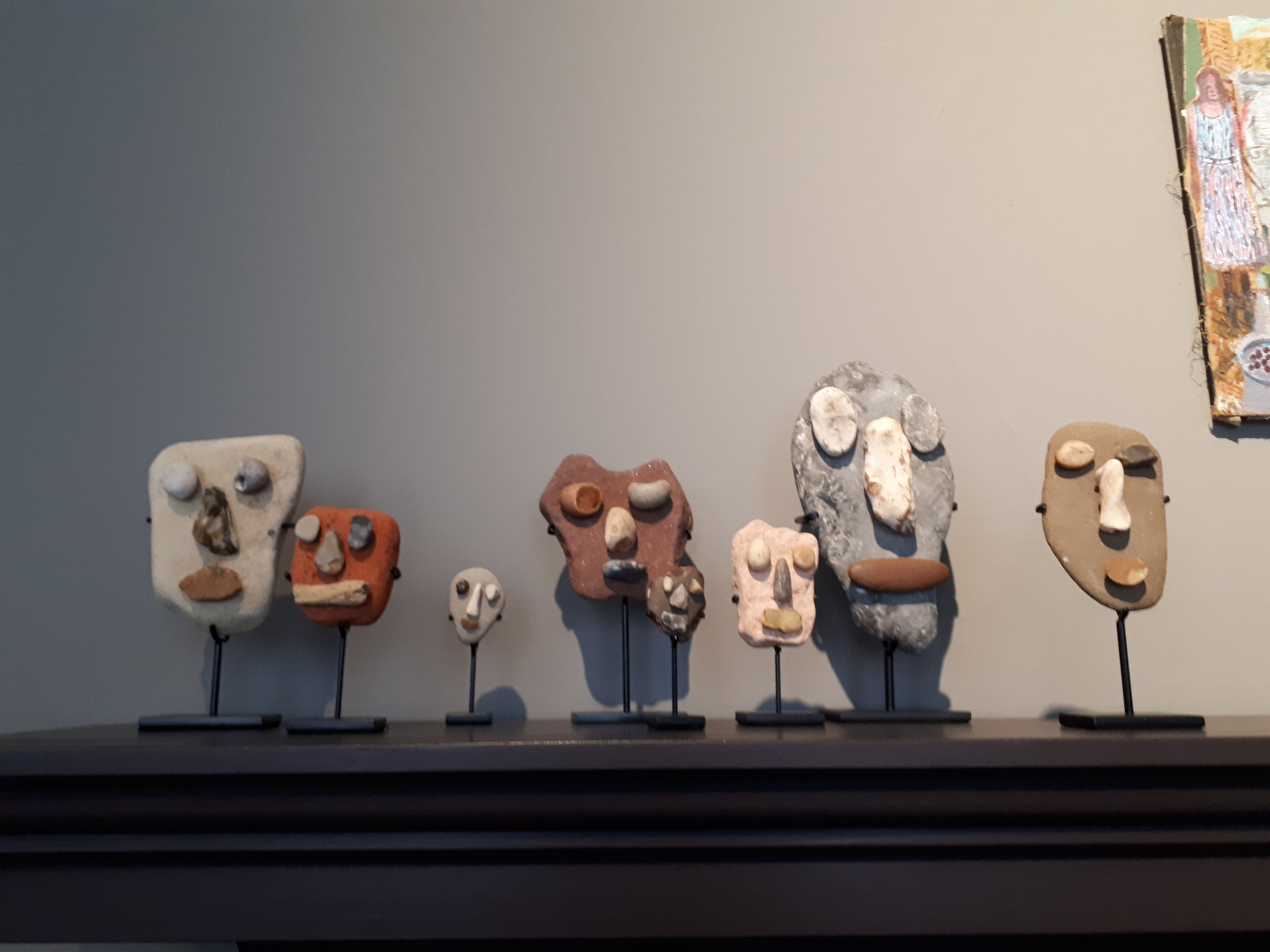
In Glasgow we had the immense pleasure to get insights into the work of Florence and Richard Ingleby from the Ingleby Gallery. The gallery celebrated its 20th birthday by opening a new gallery in a historic building in central Edinburgh this past May after a short and very ambitious period of renovation. The gallery is now located in the Glasite Meeting House, a former place of worship of the Edinburgh branch of the “Glasites”, a small Scottish sect named after their founder Rev. John Glas. The meeting house was built in 1835 by Alexander Black in a simple, classical design in order to reflect the Glasites' form of worship. In 1989, the only remaining Glasite congregation gave their meeting house to the Cockburn Conservation Trust and was latterly in the care of the Scottish Historic Buildings Trust. The gallery took now the chance to reanimate the building by embracing the historic parts of the building, like taking care and properly clean the beautiful octagonal cupola in one of the center exhibition spaces, and putting this atmosphere in dialogue with contemporary art.
Later on, we had a really interesting tour through the Scottish Parliament. Since September 2004, the official home of the Scottish Parliament has been a building in the Holyrood area of Edinburgh. The Scottish Parliament building was designed by Spanish architect Enric Miralles in partnership with the local Edinburgh Architecture firm RMJM. Some of the principal features of the complex include leaf-shaped buildings and a grass-roofed branch merging into adjacent parkland. Throughout the building there are many repeated motifs, some of the meanings remain unknown as the architect sadly passed away during the construction process.
Miralles' manifesto
Scotland is a land... it is not a series of cities. The parliament should be able to reflect the land, which it represents.
The open site... this is a crucial image in understanding the possibilities of the site. The land itself will be a material, a physical building material. We would like the qualities that the peat gives to the water and turf to be the basis for the new parliament. This is a way of making a conceptual distance from Holyrood Palace. Whereas the palace is a building set on the landscape, related to the gardening tradition, the Scottish parliament would be slotted into the land.
The perception of the place and the scale of the site will change drastically when the end of Canongate is opened. The small scale of the houses along Canongate will appear again and distant views will open to the Robert Burns monument and the rock of Arthur's Seat. The new parliament should not impair these vistas, which will become visible when the existing brewery is demolished.
The parliament sits in the land... because it belongs to the Scottish land. This is our goal. From the outset we have worked with the intuition that individual identification with land carries collective consciousness and sentiments. The parliament should be able to reflect the land it represents. The building should arise from the sloping base of Arthur's Seat and arrive into the city, almost surging out of the rock (competition statement 1998).
After the tour we had the honor to meet Jamie Hepburn Minister for Business, Fair Work and Skills. Political visits like this one are the backbone of every delegation trip and emphasize the importance of delegation trips, the will to collaborate, exchange ideas and talk about shared visions. The Brexit has certainly been on our mind during the visit and we had the chance to get insights into the worries the country is currently dealing with.
Dundee

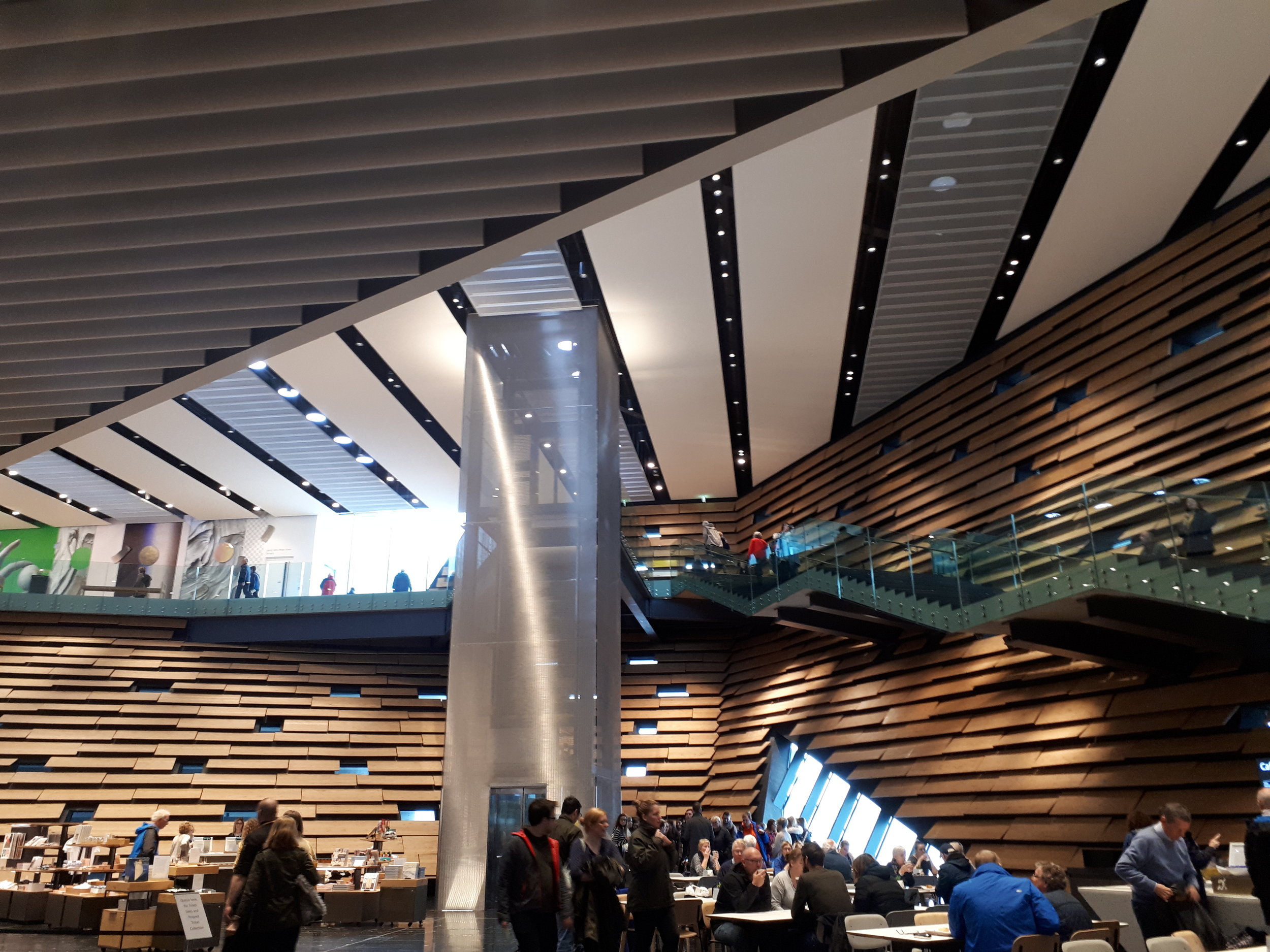
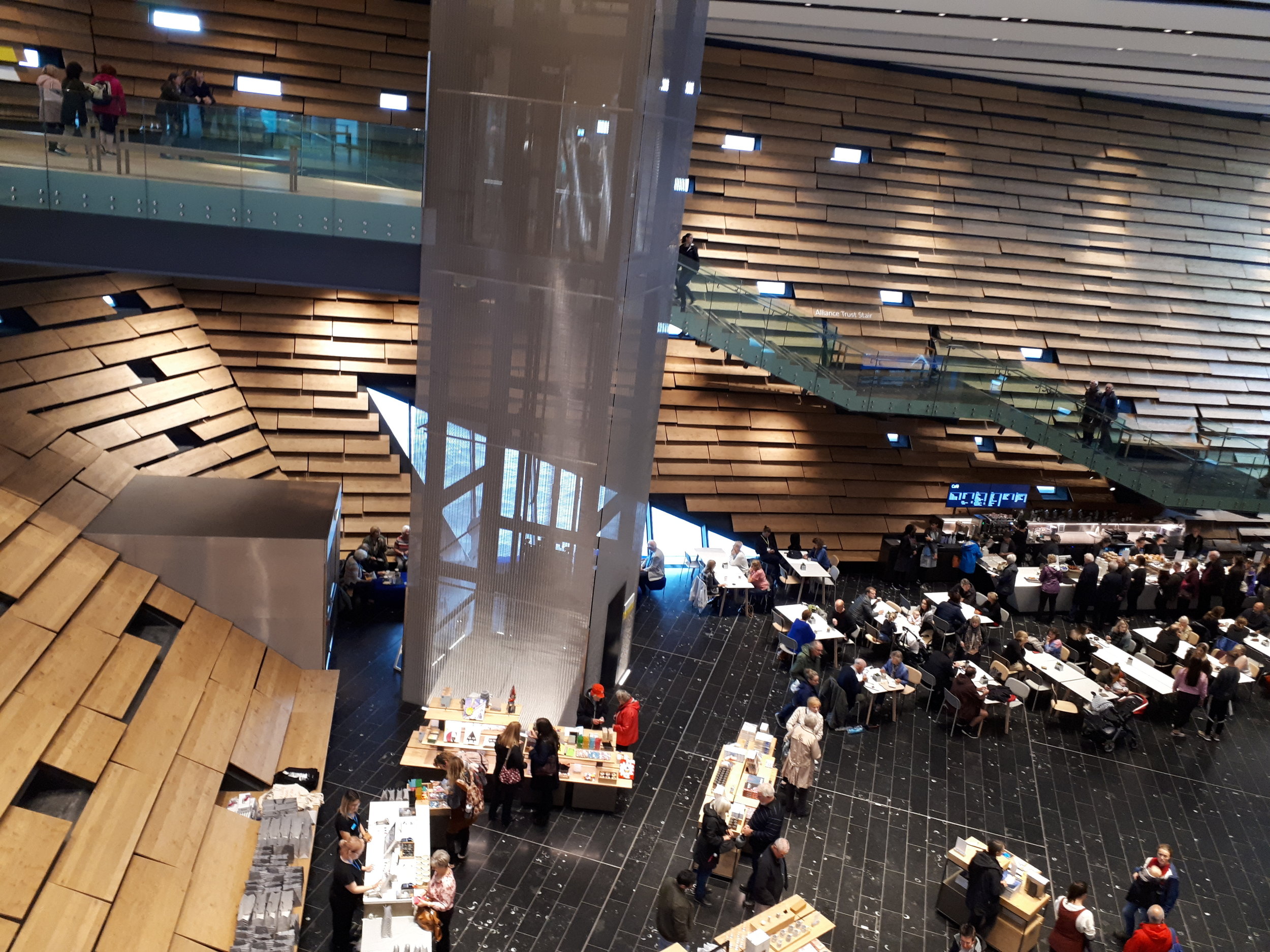
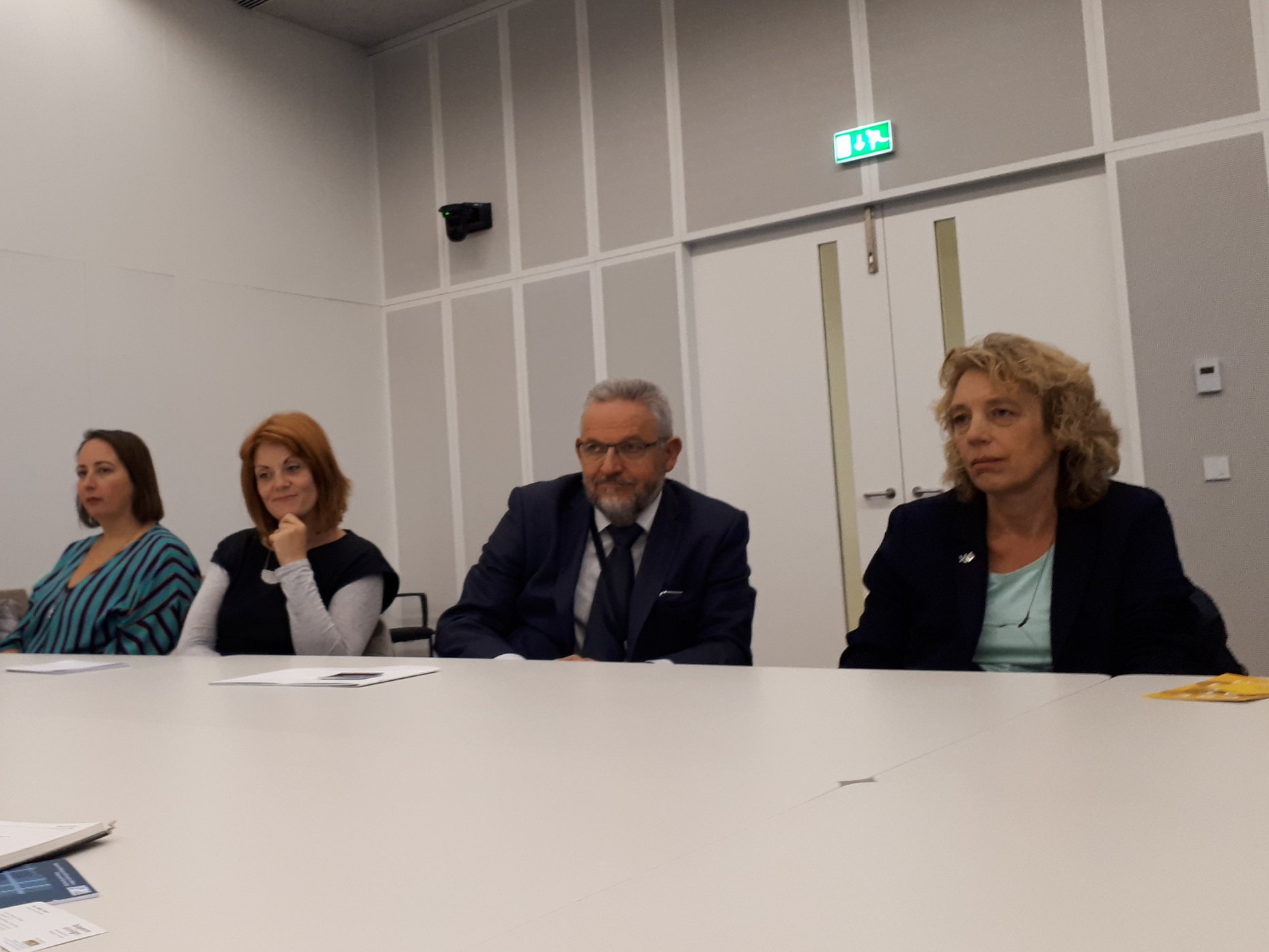
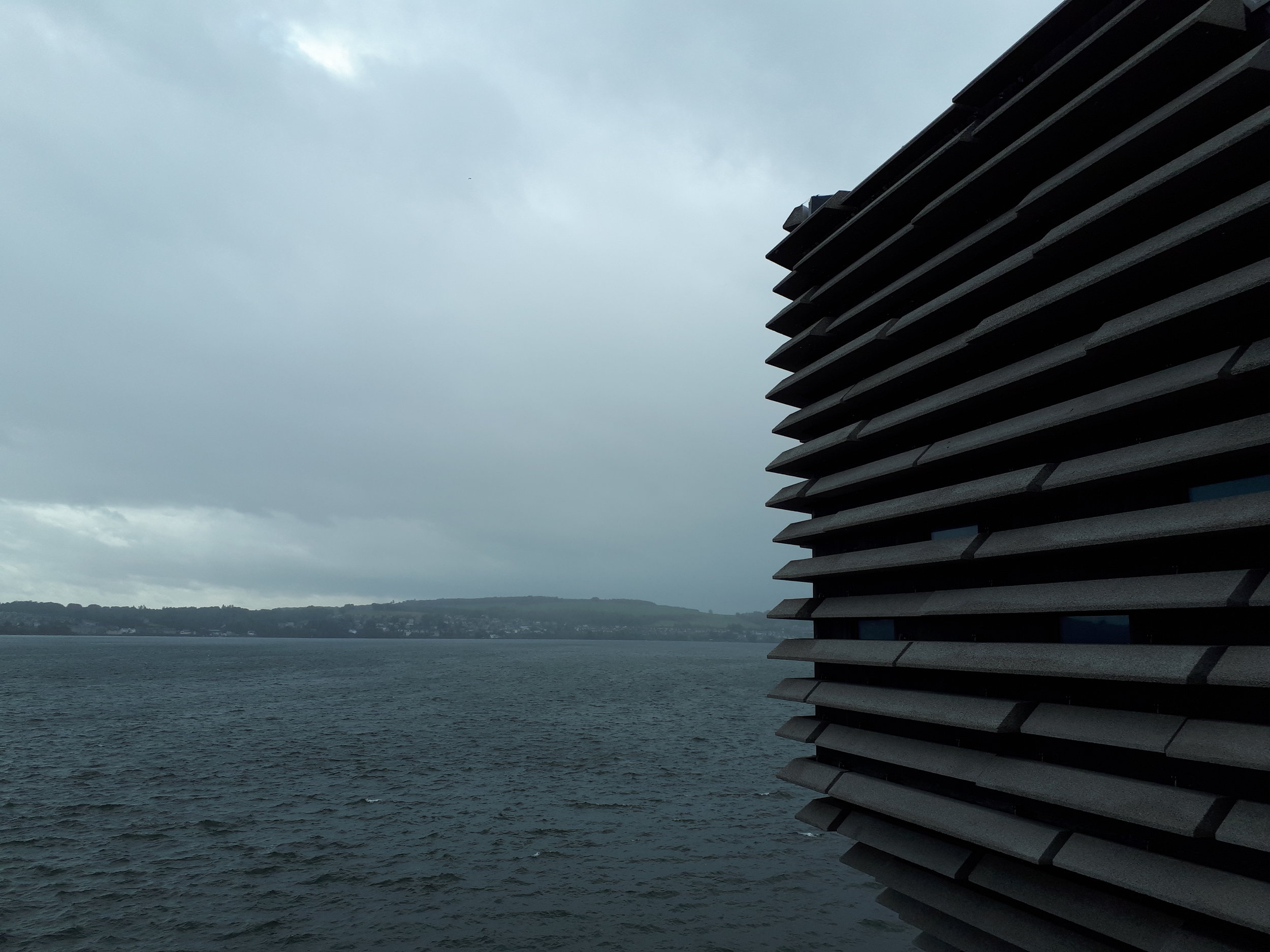
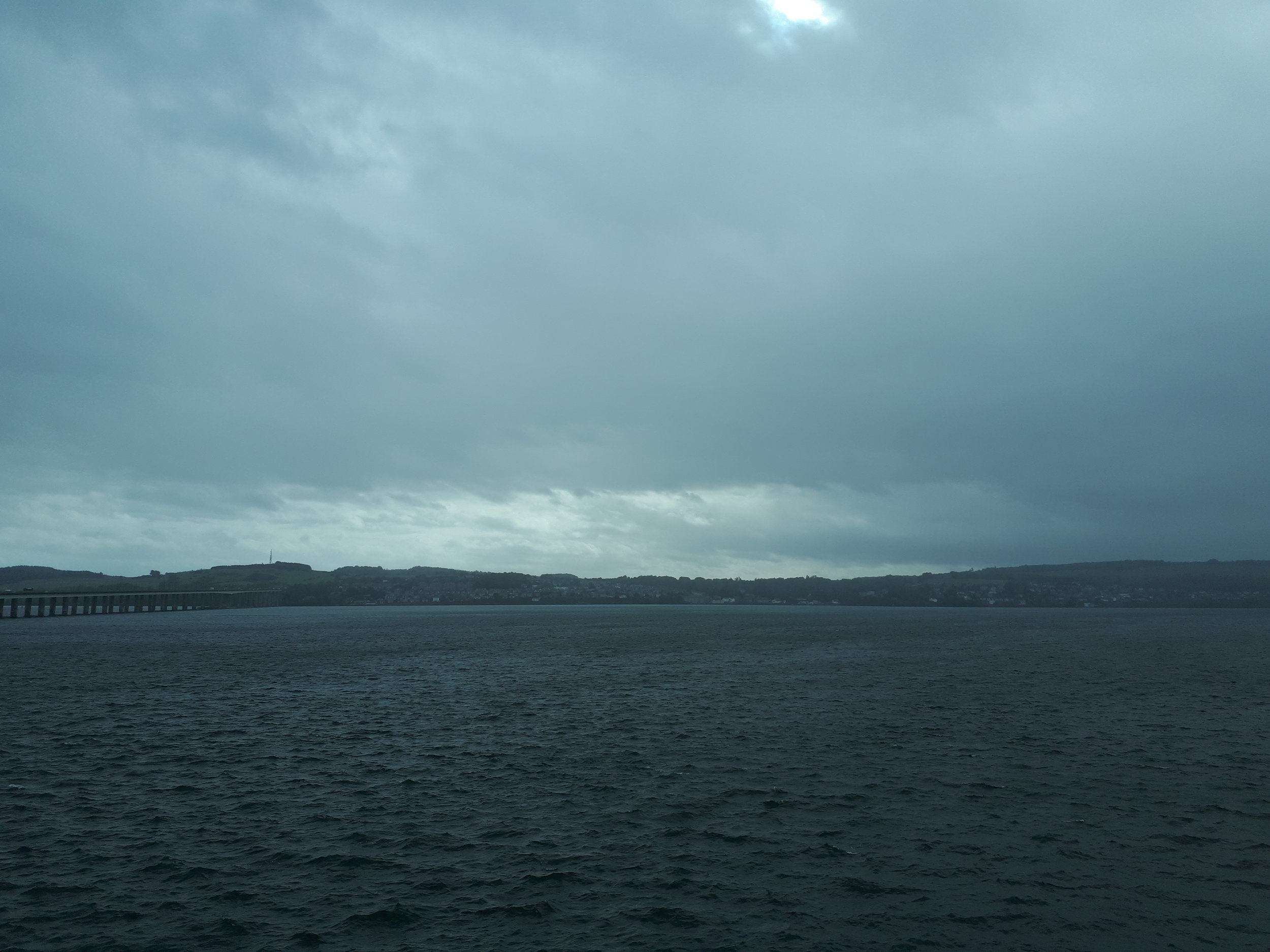
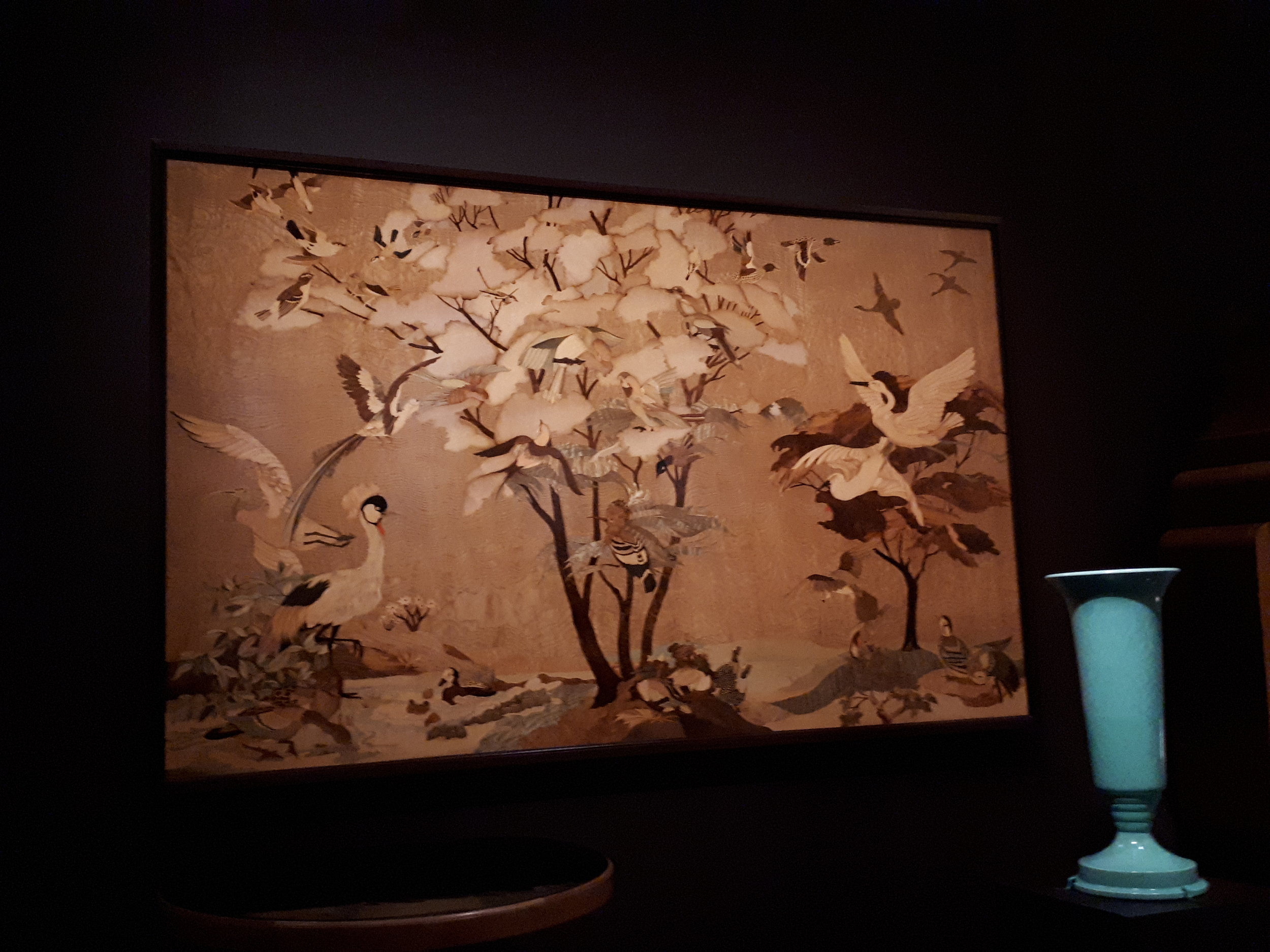
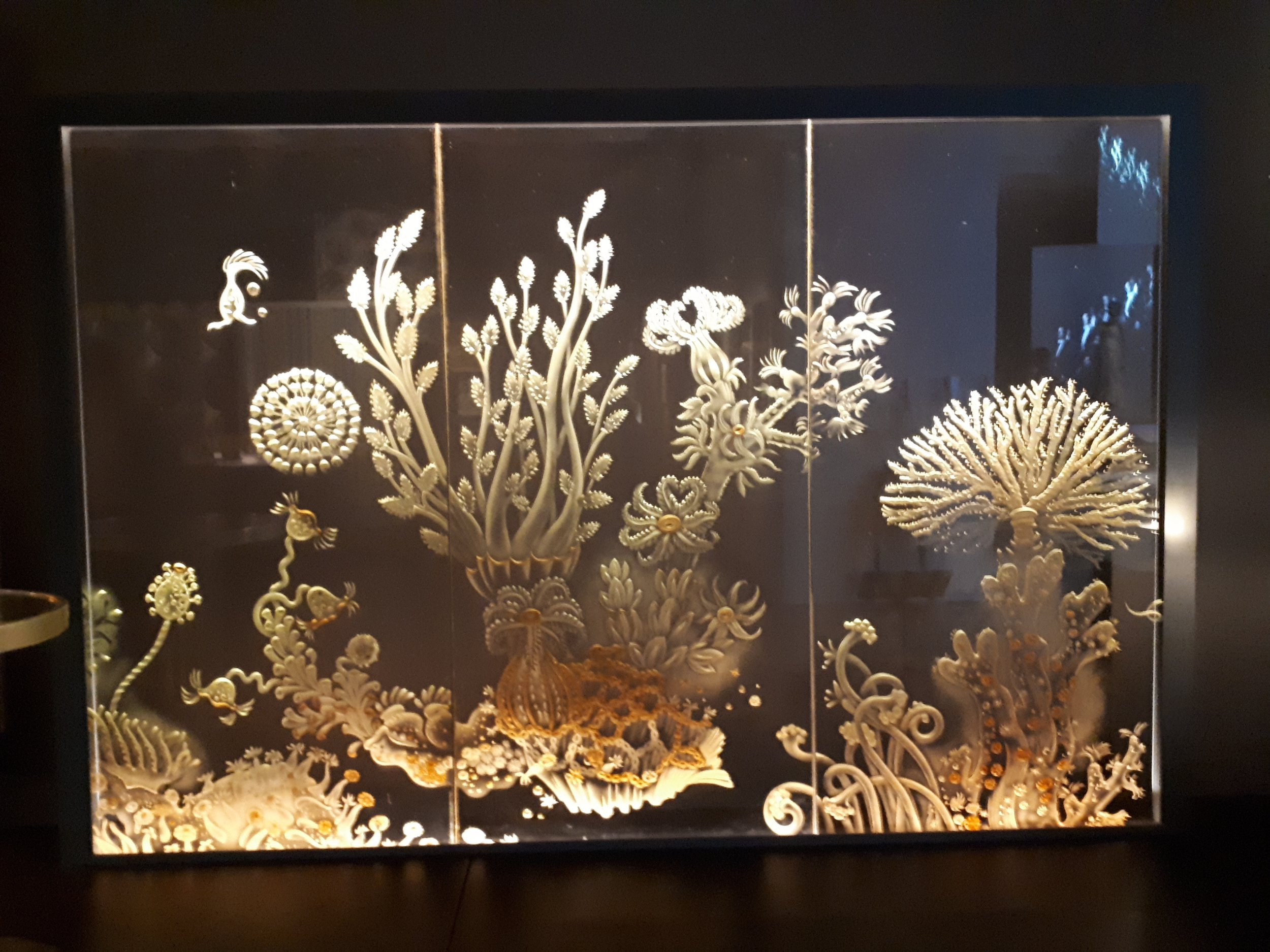
One of the program highlights was for sure our visit of the V&A in Dundee, that opened just a few days prior to our visit. The building, designed by the Japanese architect Kengo Kuma, looks like a dialogue between edgy cliffs and an immense vessel-nature meets industry. Built on reclaimed land, the museum stands at the center of huge transformation of Dundee's former docks and is Scotland's first design museum.
"The big idea for V&A Dundee was bringing together nature and architecture, to create a new living room for the city," Kengo Kuma said in an interview.
"I'm truly in love with the Scottish landscape and nature. I was inspired by the cliffs of northeastern Scotland – it's as if the earth and water had a long conversation and finally created this stunning shape."
- From: Dezeen reporting on the V&A opening
The new heart of the exhibition spaces is the free to enter Scottish Design Galleries with over 300 objects connect and tell the story of the design heritage that Dundee is a part of. One highlight is for sure Charles Rennie Mackintosh’s restored Oak Room. Containing a wide range of objects, from furniture, textiles, metalwork and ceramics, to fashion, architecture, engineering and digital design, the space in the Scottish Design Galleries is split into three sections: The first looks at design as a collaborative process, in which designers and makers draw on what is around them for inspiration. The second section focuses on how design influences and shapes the places we live and the way we do things. The final section explores how design can be used to tell stories and spark the imagination
Such a large-scale projects usually come with a few problems. The museum opened four years later than anticipated and has been finally completed at almost double the cost. The hopes are high that this museum will have positive effects such as the Guggenheim did in Bilbao but there were quite a few protests leading towards the opening being concerned with such a large Scottish investment having in mind the wealth inequality and problems the country and region are facing.
In the museum we were welcomed by the director of the V&A Dundee Philip Long, who we got to meet as a welcoming museum leader with lots of fascinating ideas that will hopefully shape the institution and help to connect the local community to a wider public.
We were joined in the meeting by Stewart Murdoch (Managing Director Leisure & Culture Dundee and director UNESCO City of Design Dundee), Gillian Easson (Director of Creative Dundee; have a look at the resource material showing the rich history and present connection of Dundee to Design and Arts) and Anna Day (External Relations with key local and international partners (UNESCO, V&A, Dundee City Council)). They gave us some fascinating insights into the creative potential of Dundee and the transformation the city is going through.
Glasgow
Above are a few impressions of the Creative Business Forum we organized in the fantastic Lighthouse in Glasgow. Knowing that networking doesn’t come natural to everyone and that trying to get to meet people can be a bit awkward, we tried to provide a framework by having two great presentations and four open focus tables as jumping points (Creative Entrepreneurship, Creative Textile Producer, Art Professionals/ Contemporary Artists and Other Creative Industries) in order to facilitate a happy mixing and mingling. Food and beverages added to the heartwarming atmosphere of the event and were a nice contrast to the storm that happened on that day around Edinburgh.
The presentations were delivered by Lisa Meier, from the Center of Excellence for the Culture and Creative Industries, a service provided by the City of Munich to support the culture and creative industries in the Munich Metropolitan Region, she talked about the Creative Economy in Bavaria and the significant role creatives play in the economy, and the second brilliant presentation was given by Helena Ward, Creative Industries Manager of Creative Scotland.
Begg & Co has been a major player within the iconic Scottish cashmere industry for nearly 150 years, supplying luxury fashion houses anonymously as a label-less ‘factory-brand’, until 2013 when Begg & Co made a move of its own and emerged as the globally celebrated Scottish cashmere specialist. Since then they collaborated with artists such as John Booth, Sophie Smallhorn, Michael Wall and Susan Stockwell.
We were delighted to get a presentation by Ann Ryley (Sales and marketing director) about the company and the dialogues they were having with artists and a tour through the production halls and were sincerely impressed to see how much human labor is still part of the whole production process.
Back in Glasgow city we had lunch with Tom Inns, Director of the Glasgow School of Arts and Ken Neil, Deputy Director (Academic). We actually had planned to visit the School but then the devastating fire happened. I am really impressed by the resilience of the directors and their will to rebuilt the school and all the plans they are having for future collaborations.
Alistair McAuley and Paul Simmons who founded Timorous Beasties welcomed us at their studio in Glasgow. Both met whilst studying at the Glasgow School of Arts and chose to found their studio in 1990. Their work embodies a unique diversity of pattern, ranging from design that echoes a golden age of copperplate engraving to inspirations from nature, adding humor and a certain extravaganza to the fabrics and wallpapers they print.
Edinburgh - Part II
The Creative Business Brunch took place in Edinburgh’s Dovecot gallery and we had a chance to explore the current Liberty Art Fabrics & Fashion exhibition celebrating the innovative retailer and design studio Liberty London. Featuring over 100 garments and fabrics spanning 140 years, this exhibition explores how textiles bring art into everyday life.
The brunch started with a great presentation by Veronique Lapeyre, Marketing Manager at Craft Scotland.
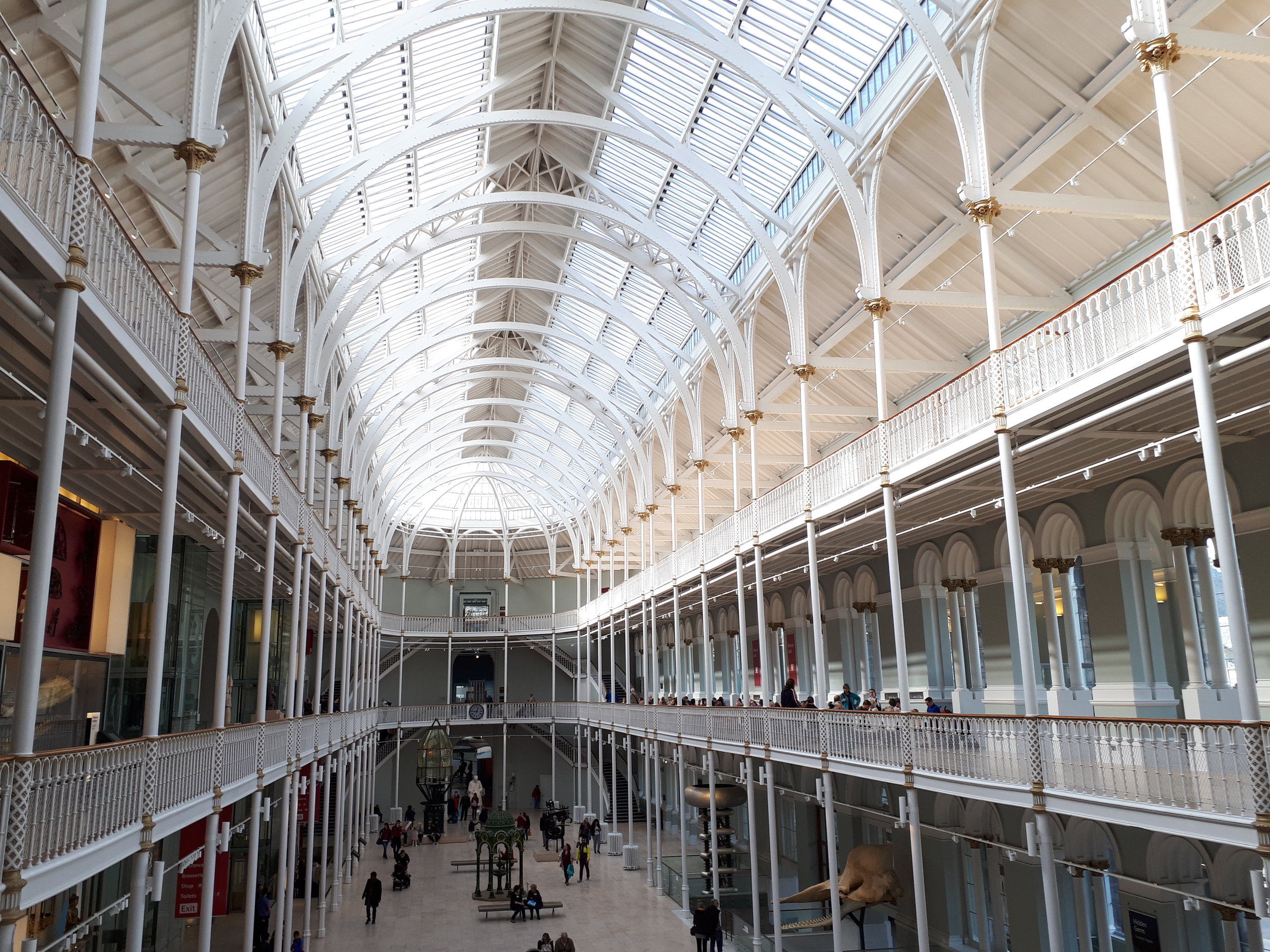
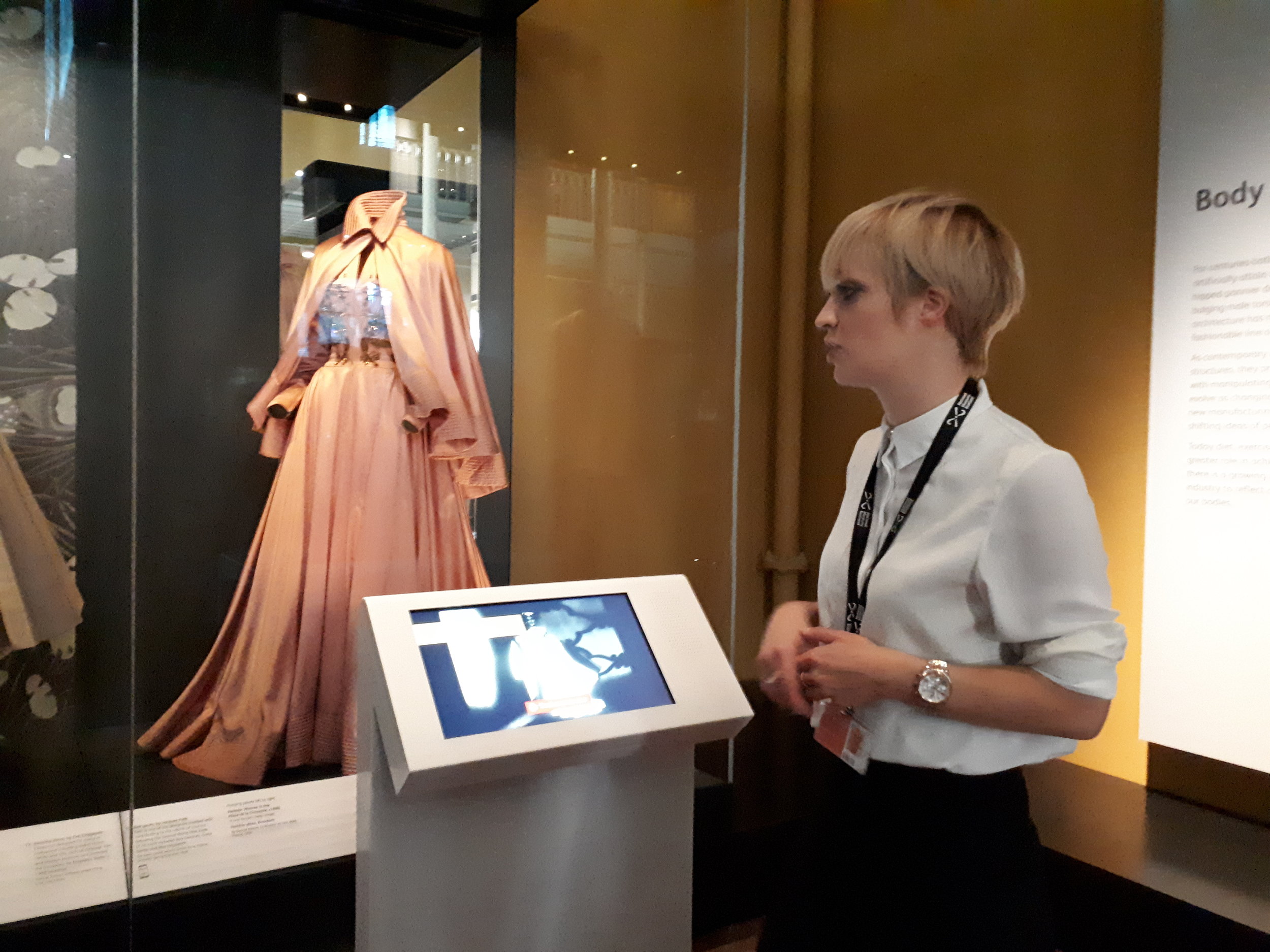
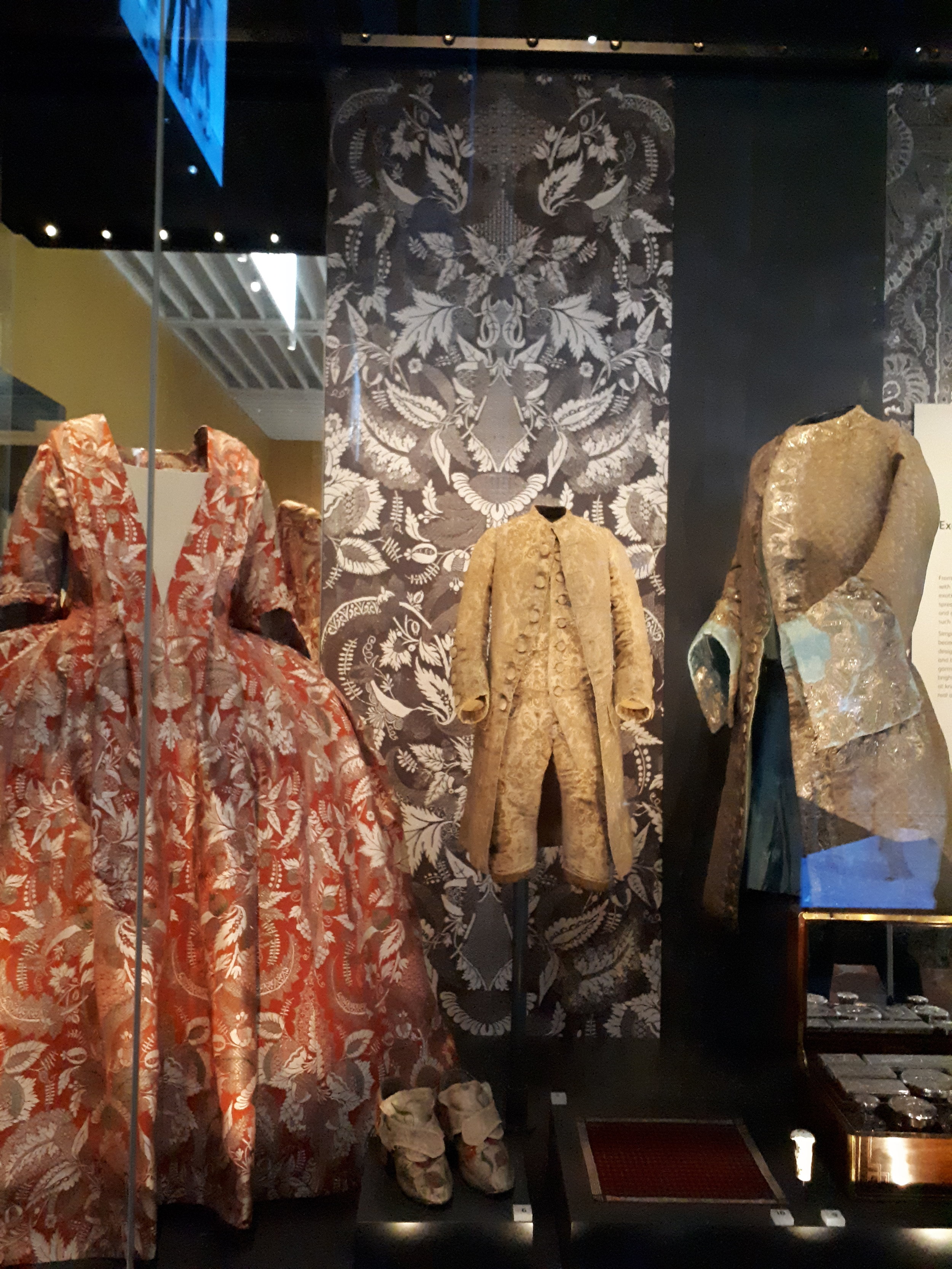
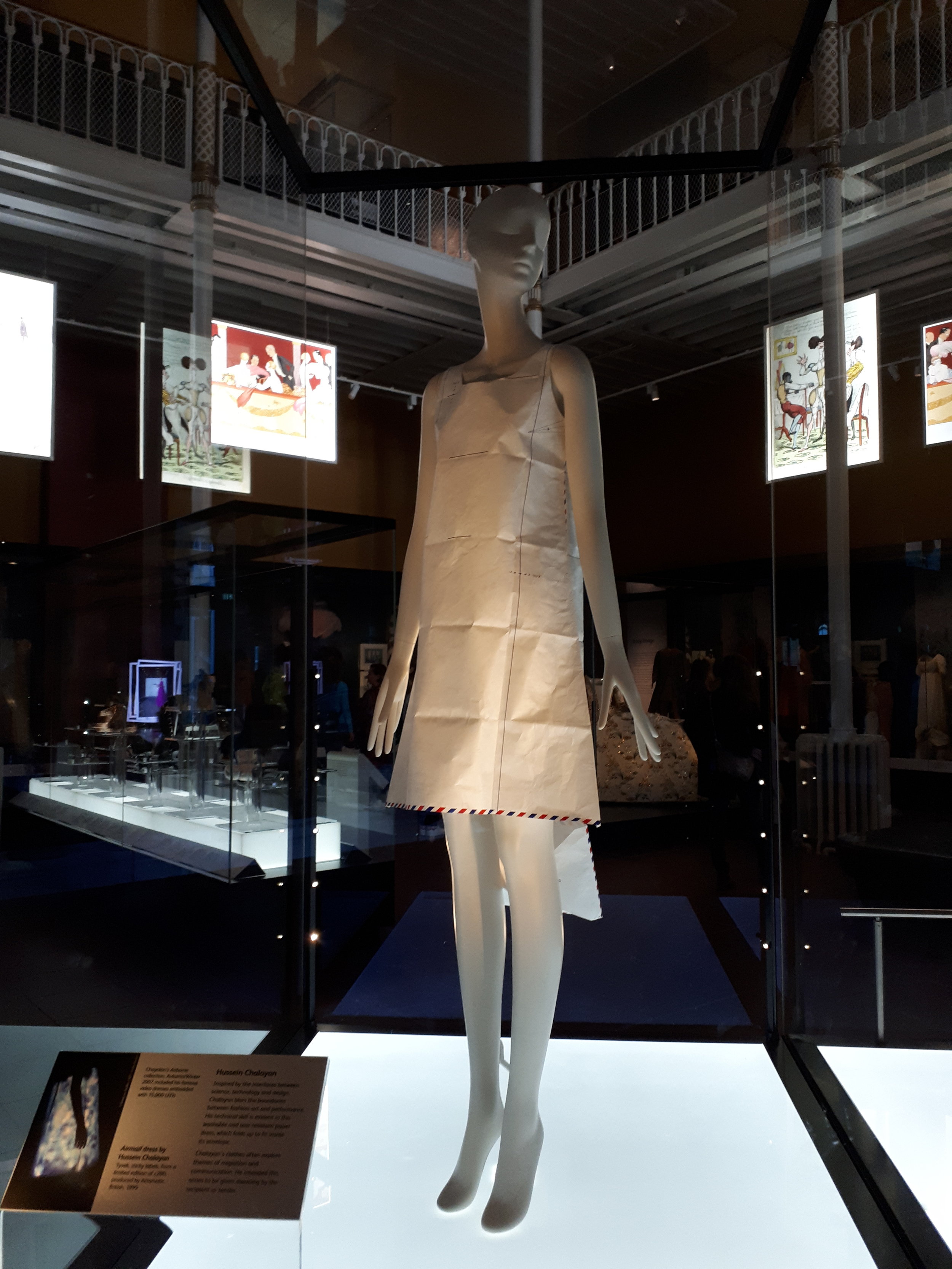
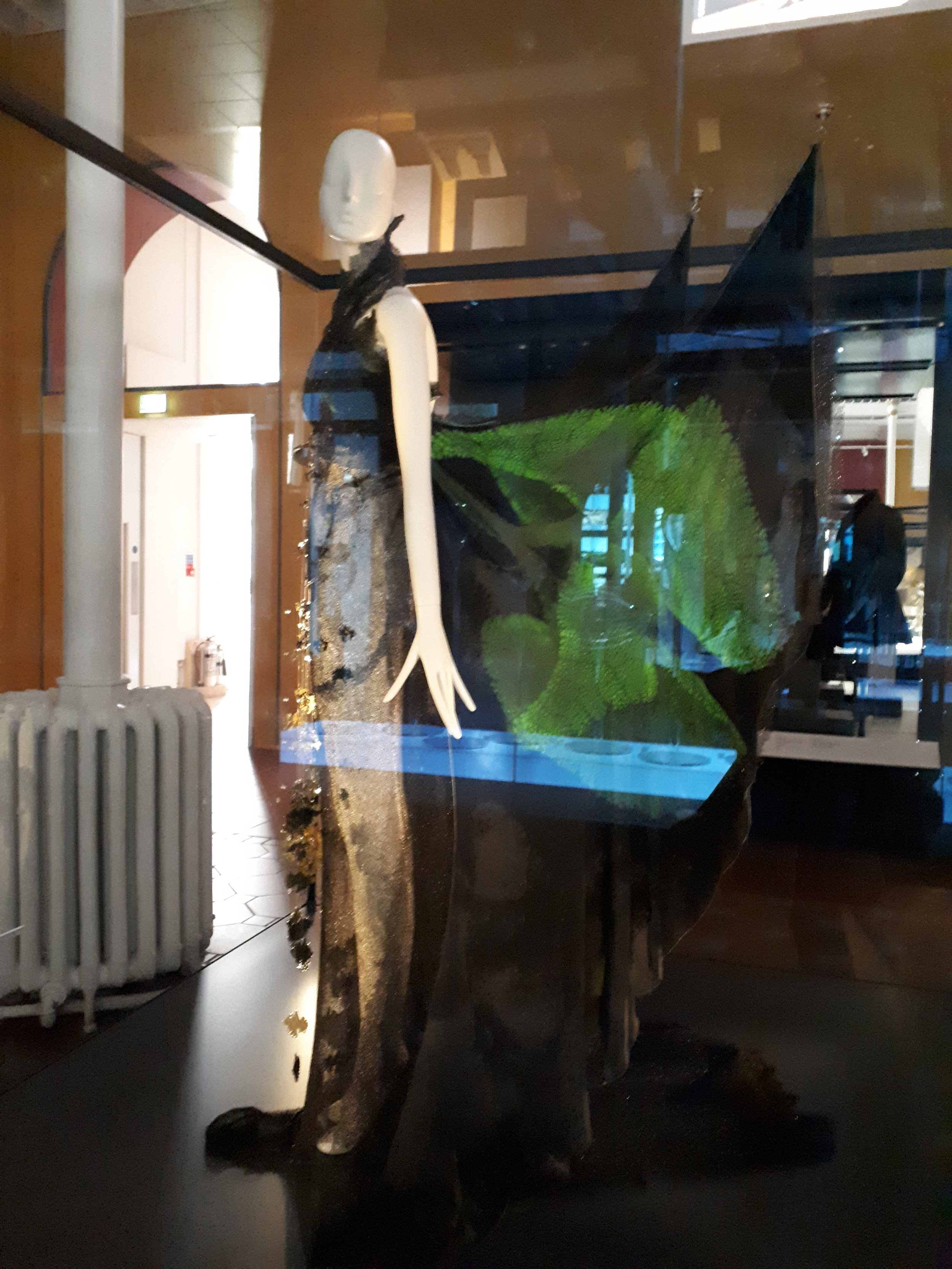
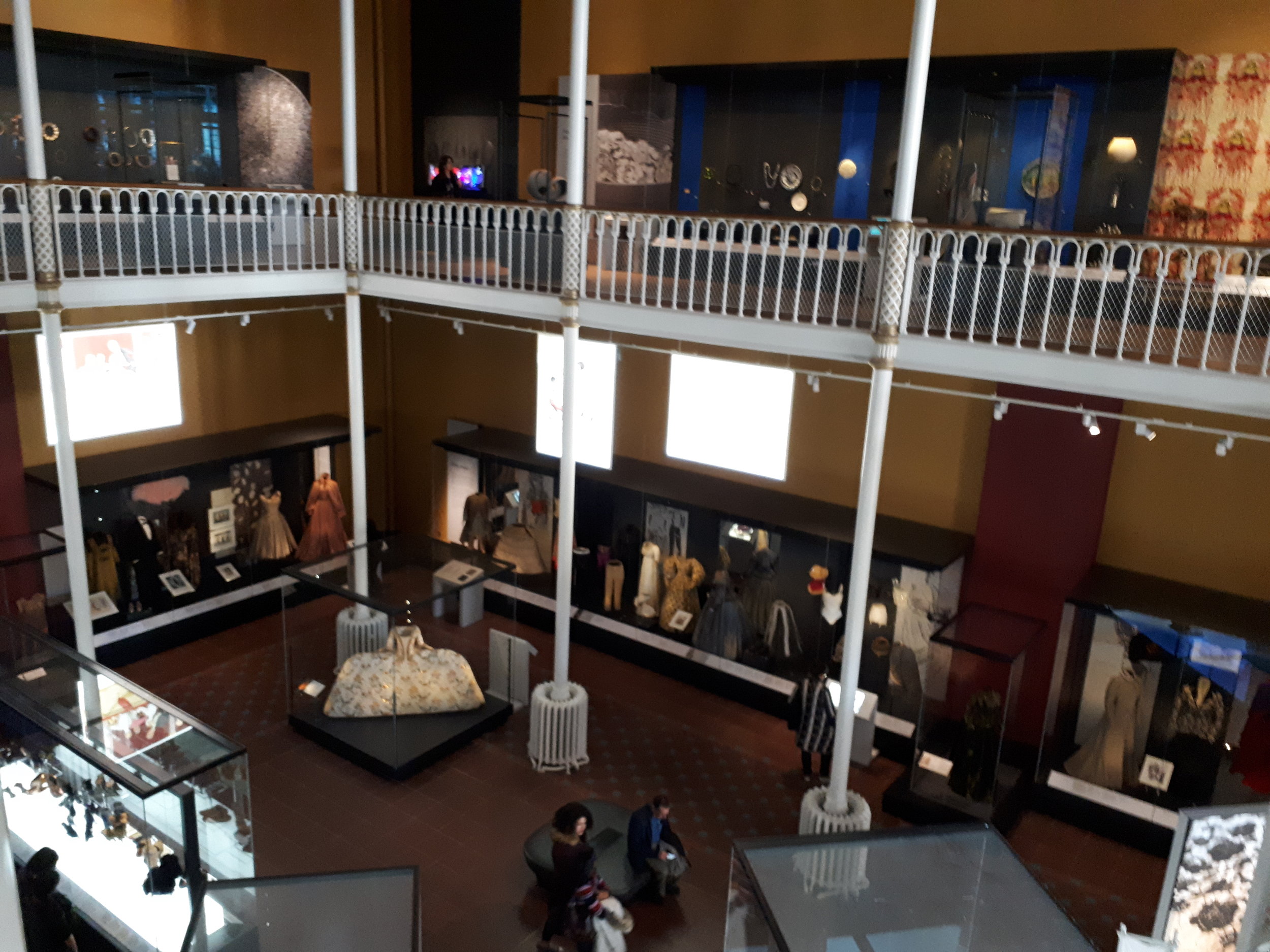
The National Museum of Scotland is a remarkable building and we were lucky to get a private tour by Georgina Ripley, Senior Curator of Modern & Contemporary Fashion and Textiles, who gave us a few behind the scenes in what it means to try to acquire contemporary pieces and that her curatorial practice sometimes includes searching Ebay and other platforms for new garments.

